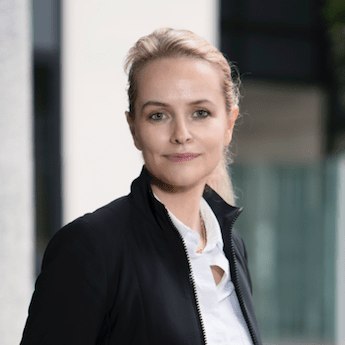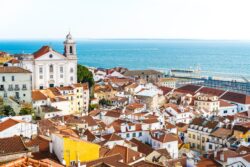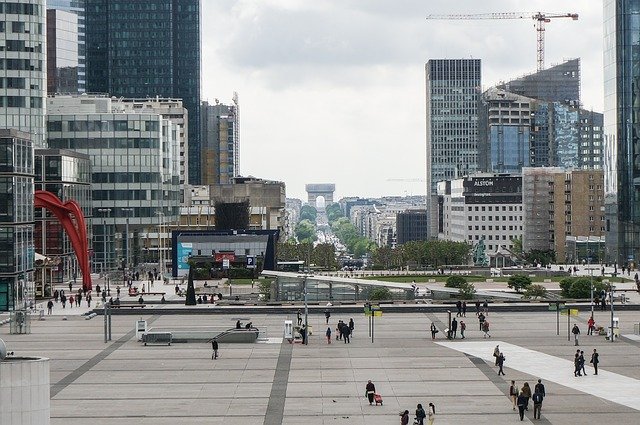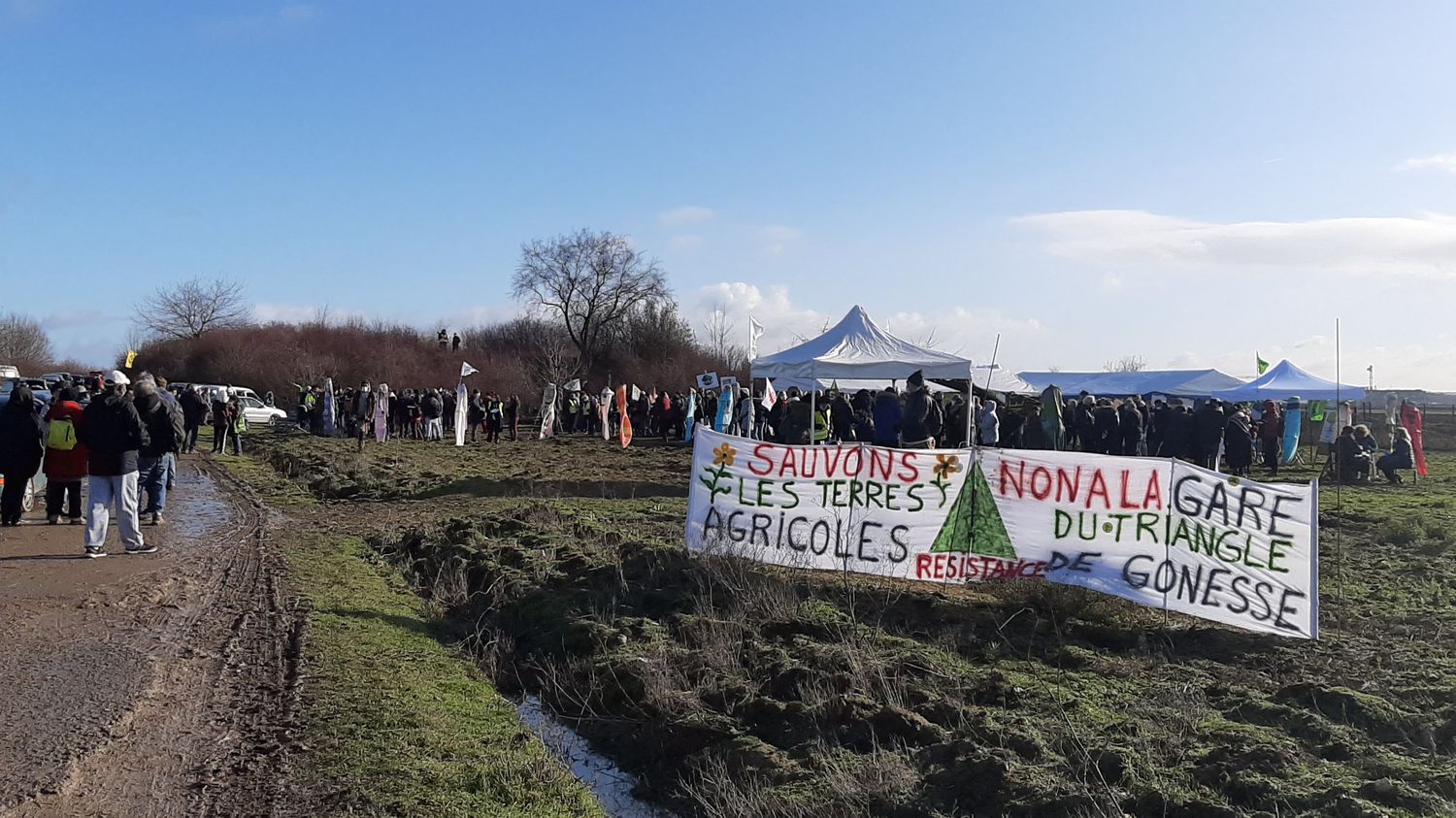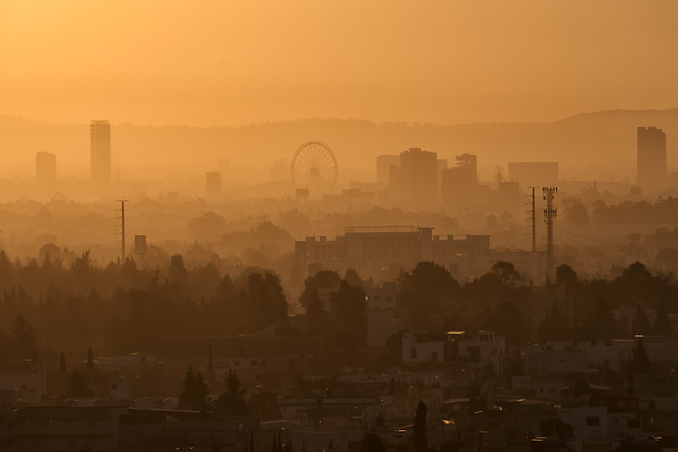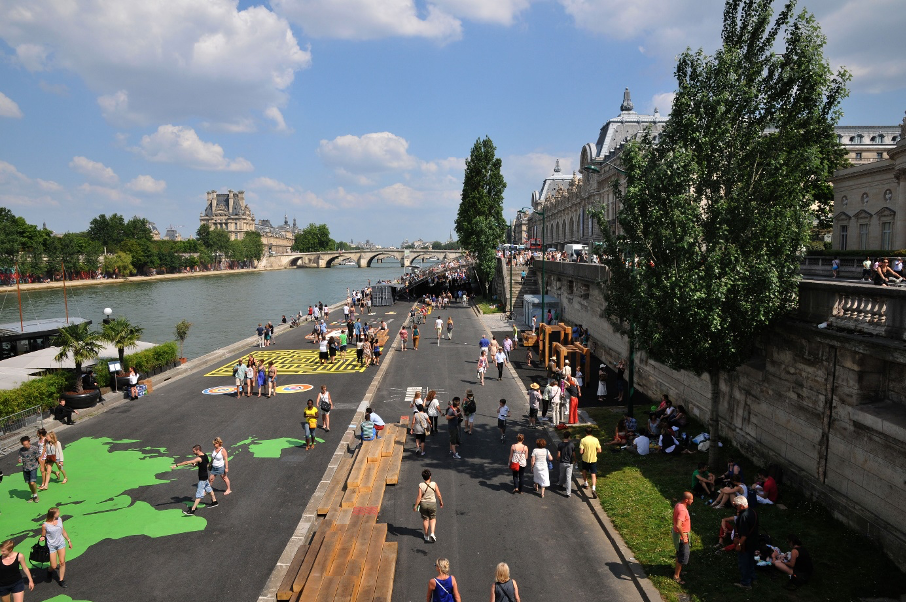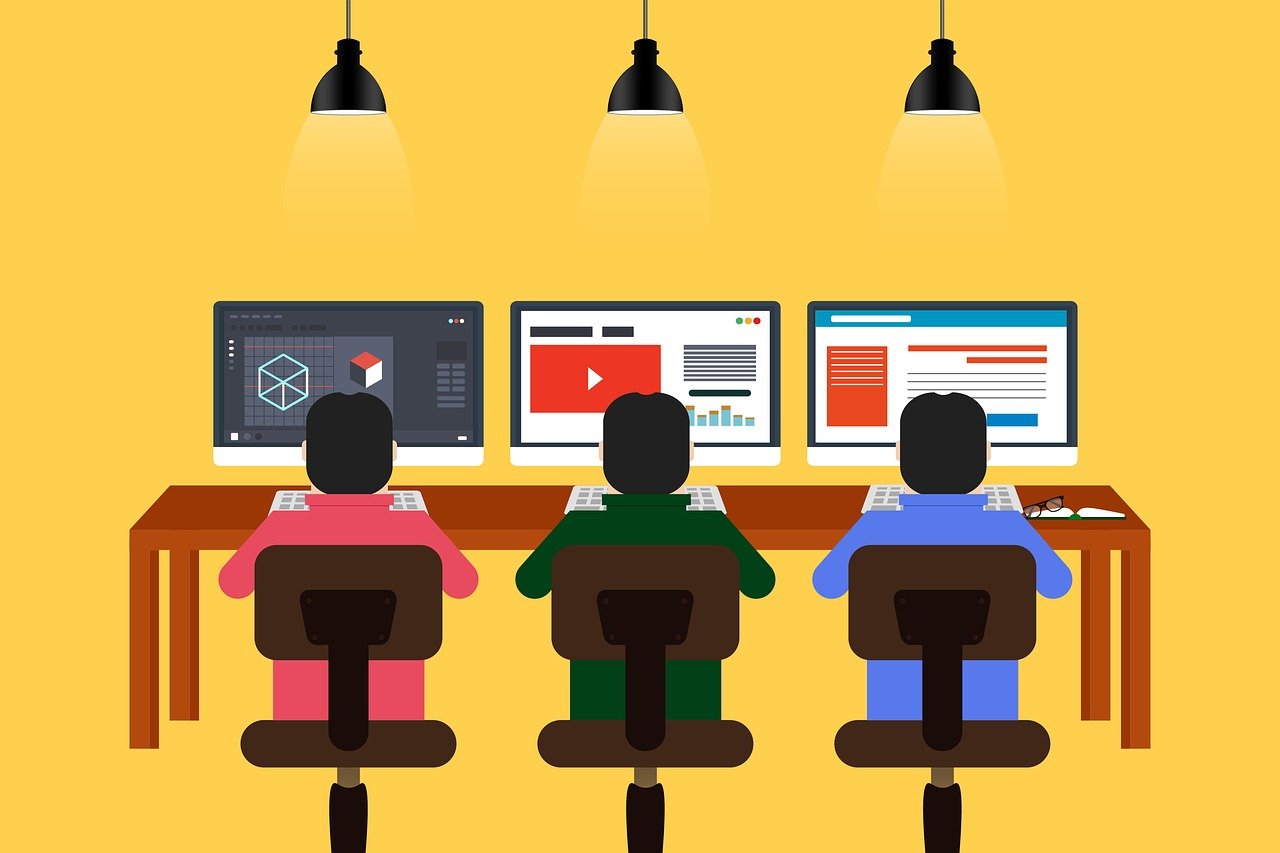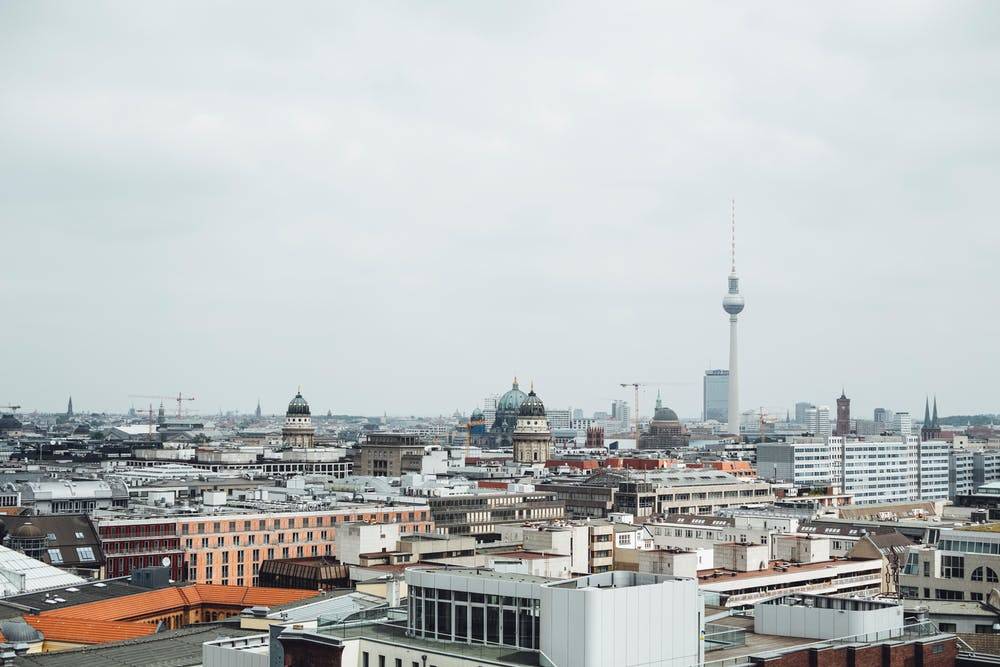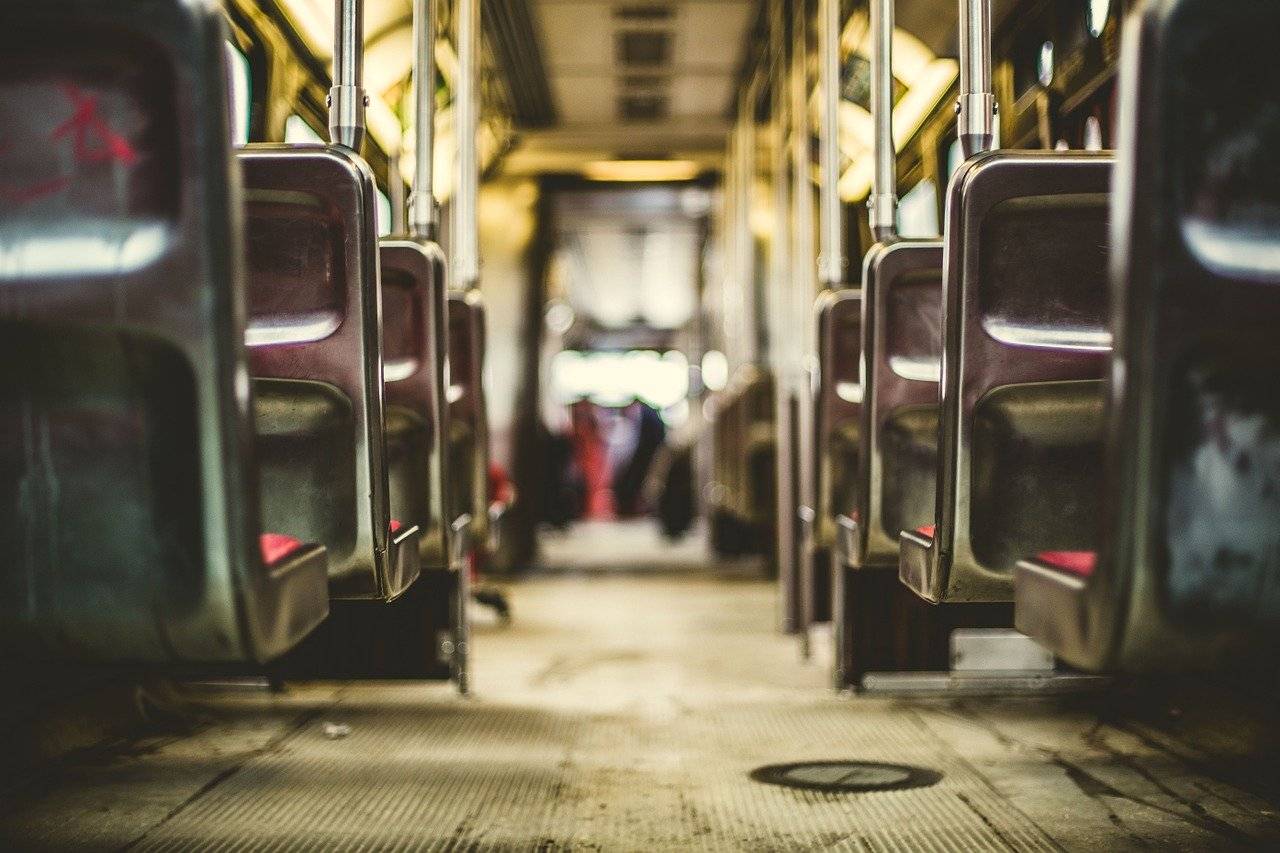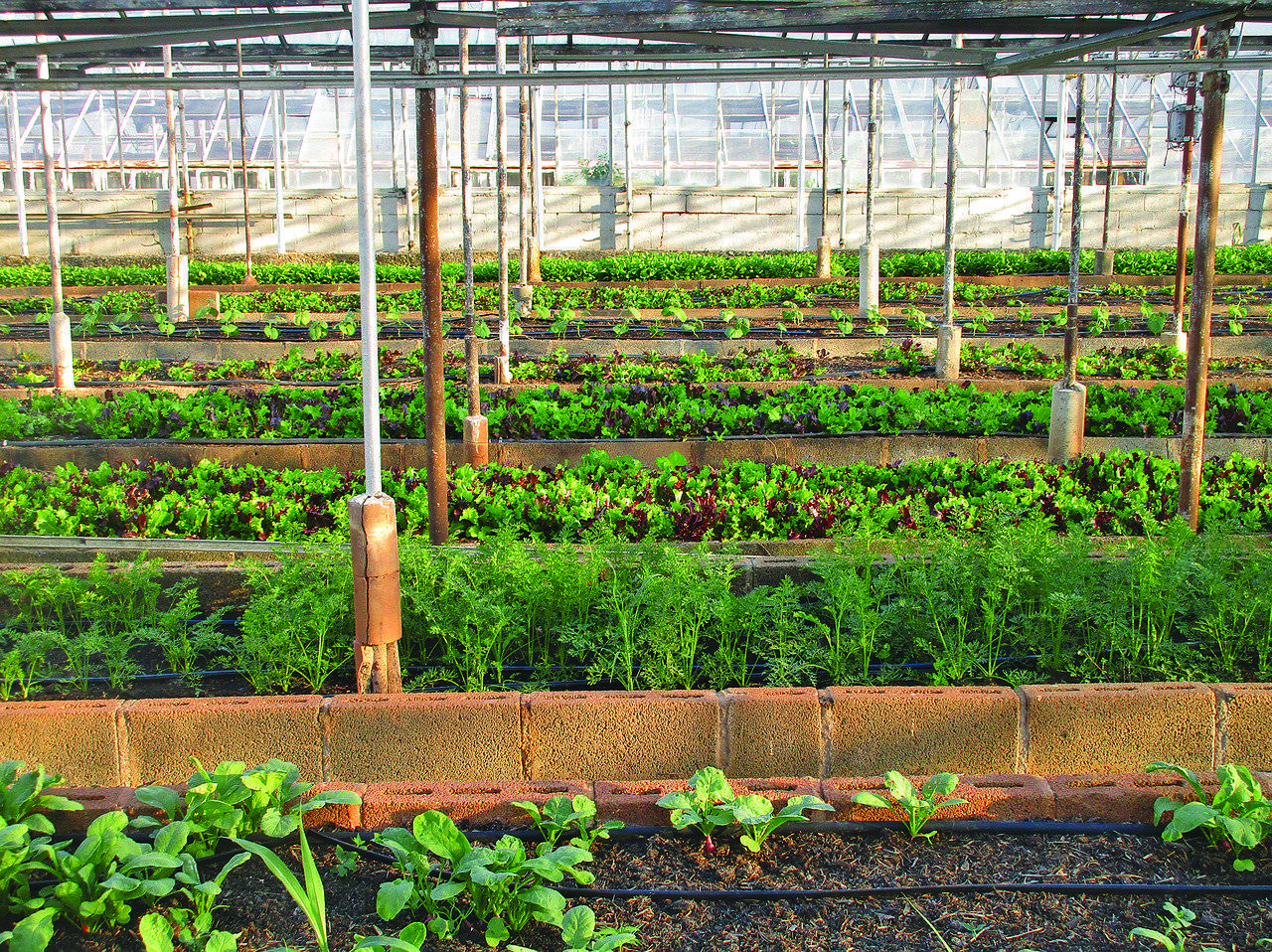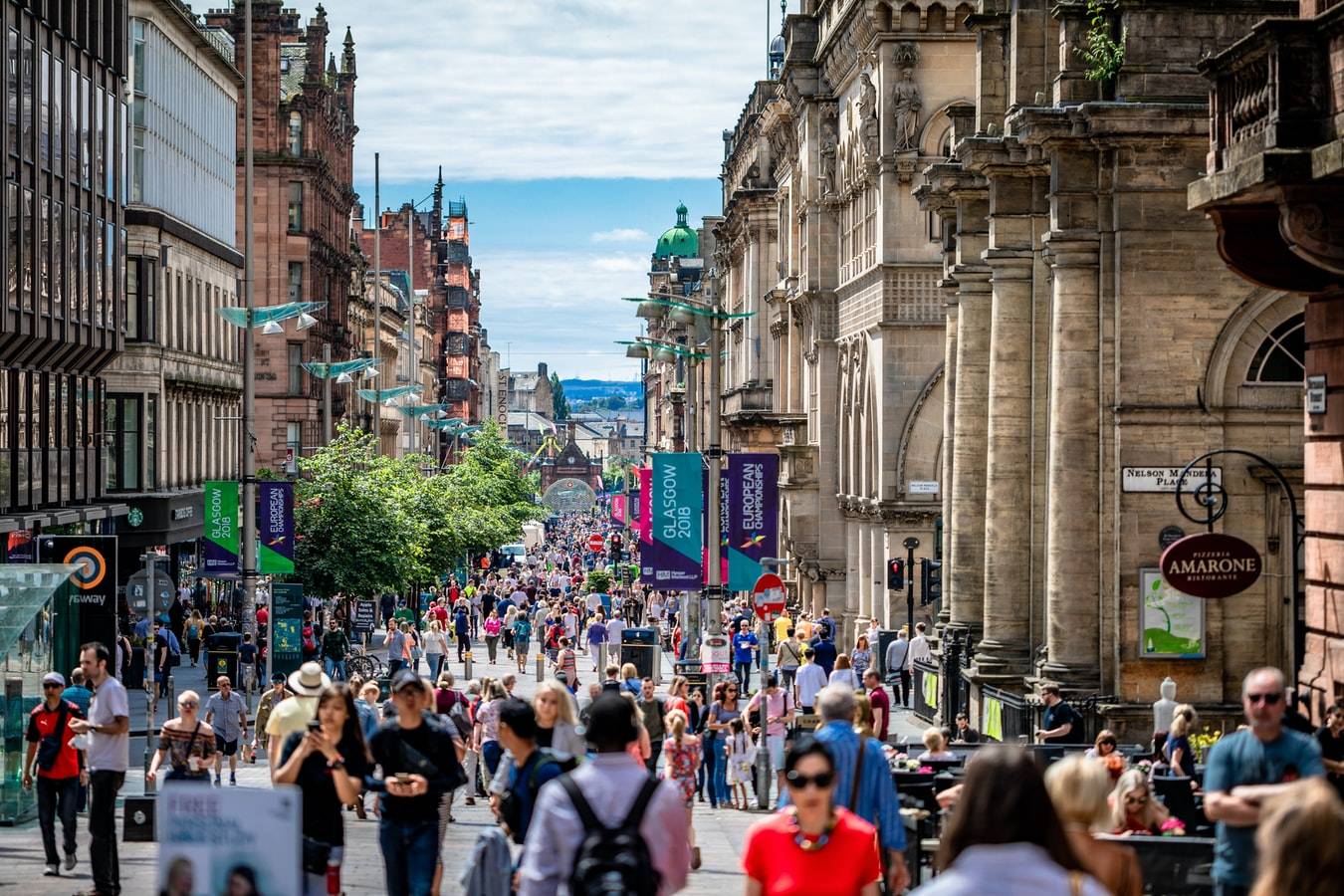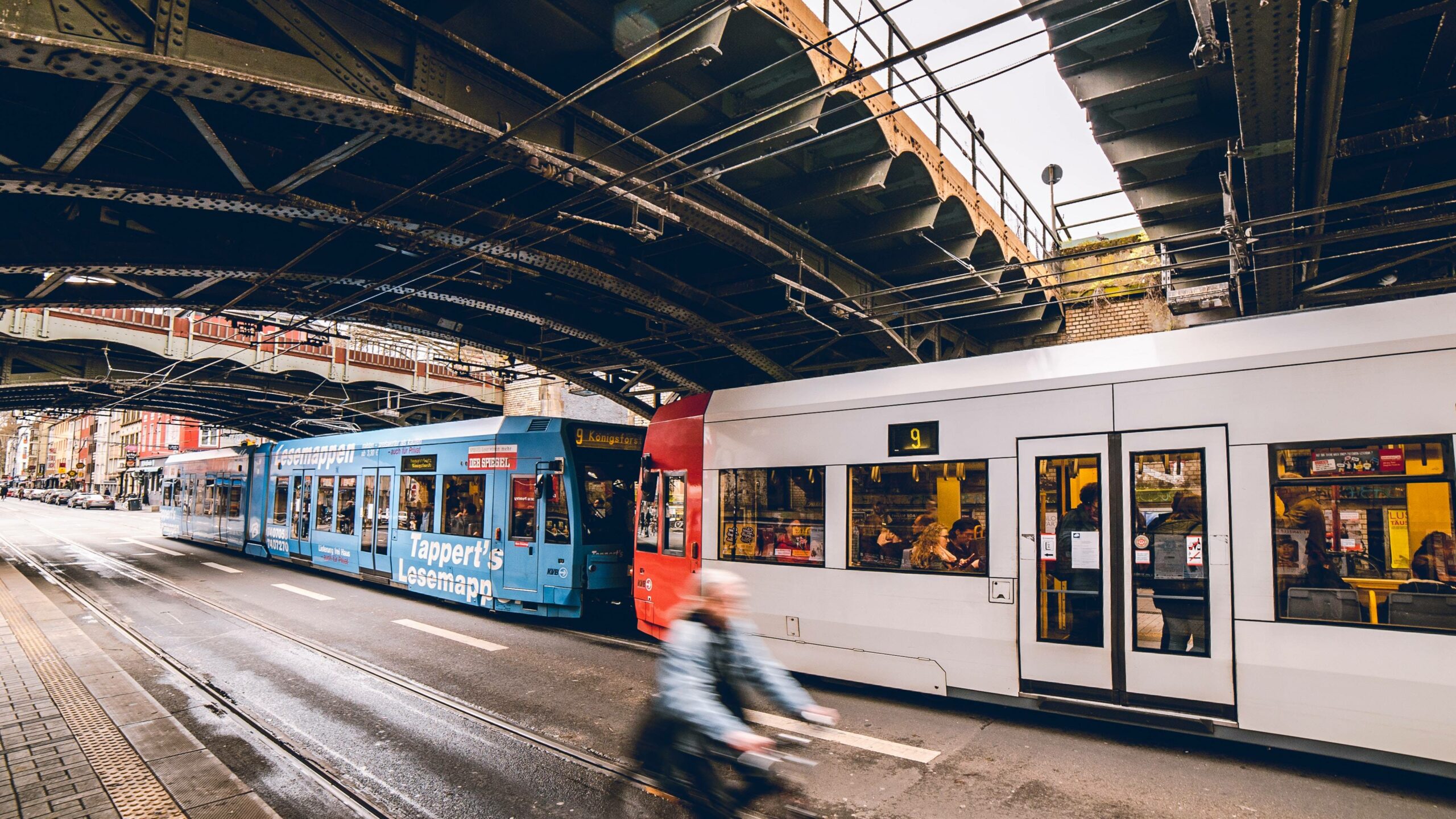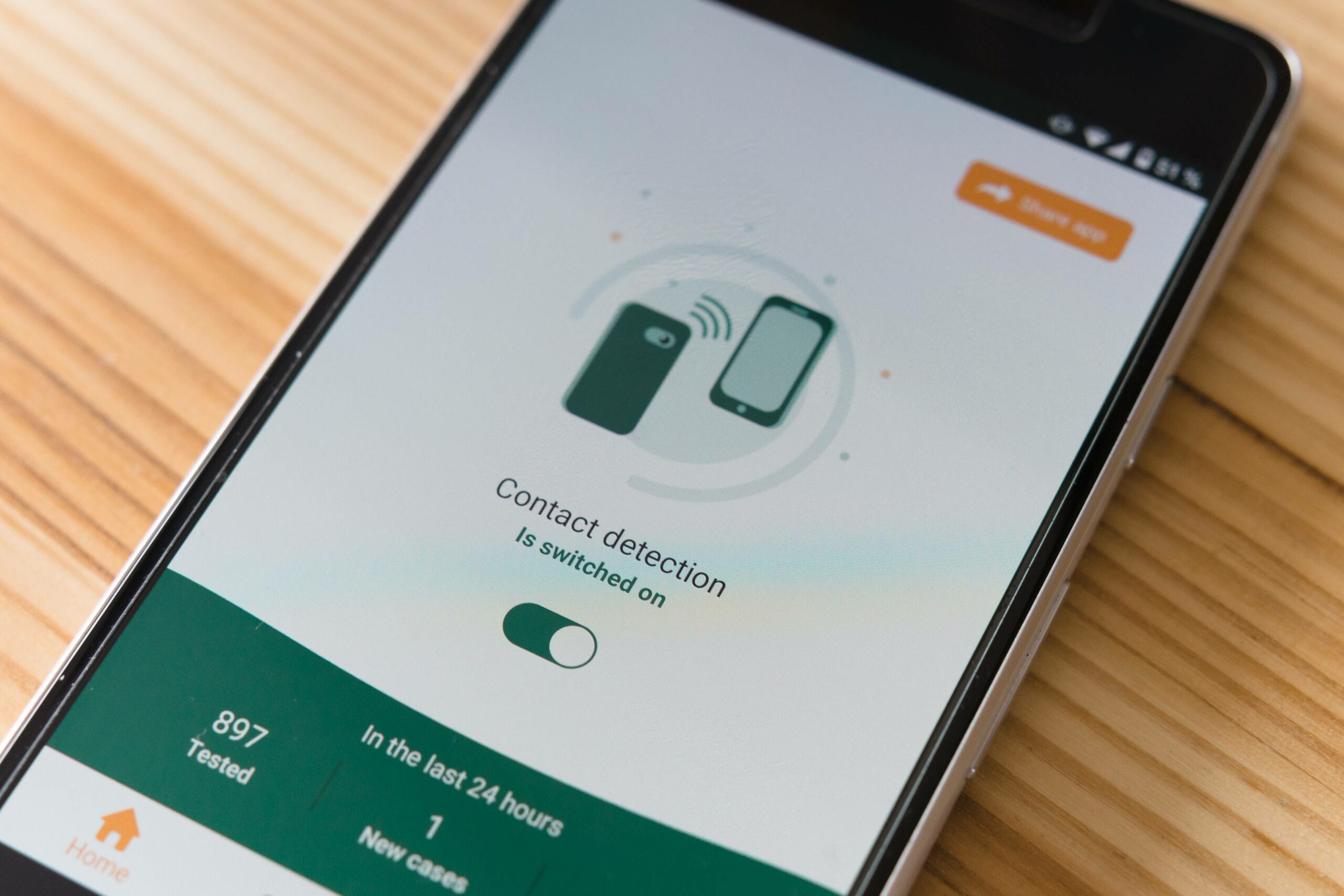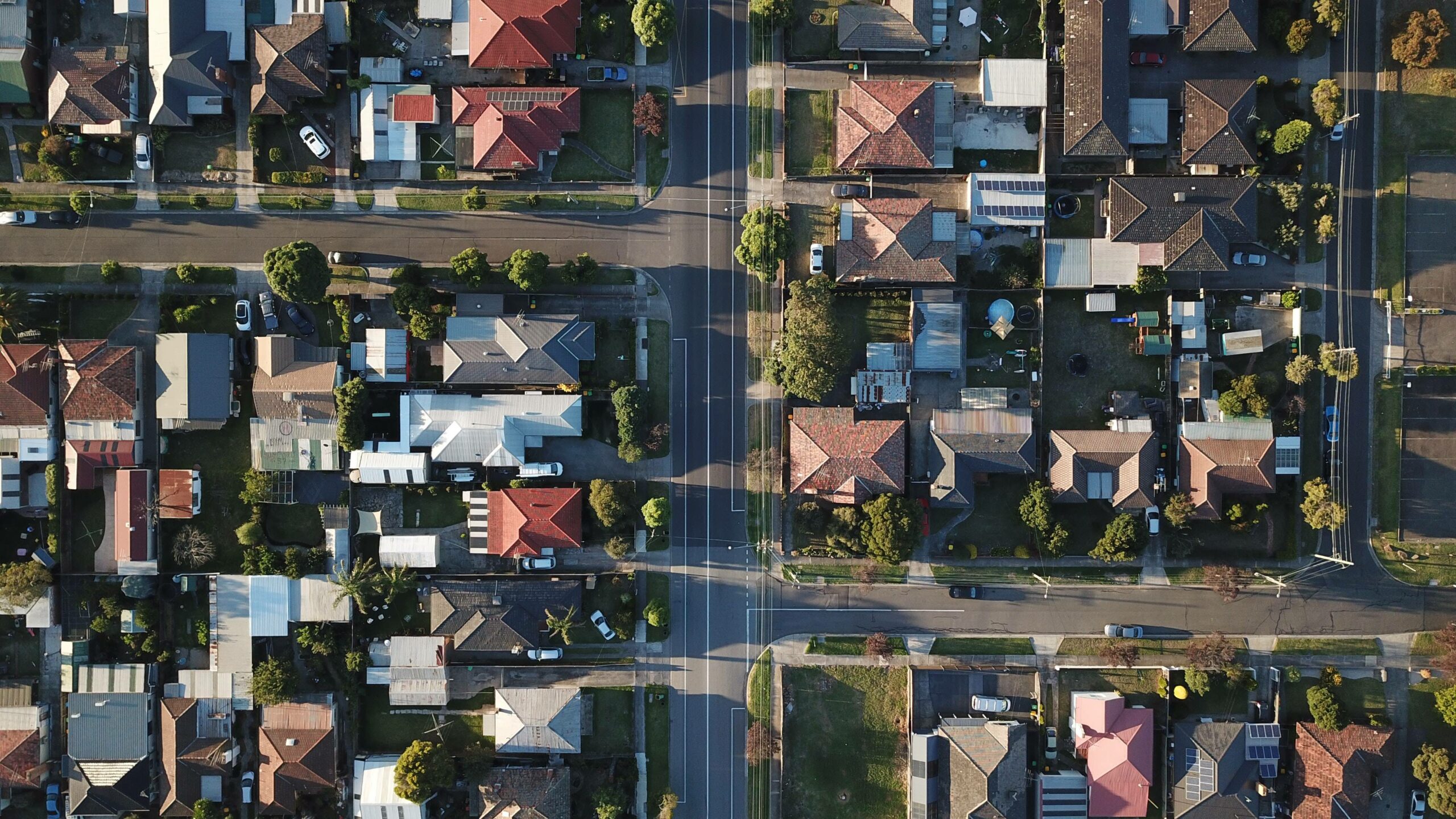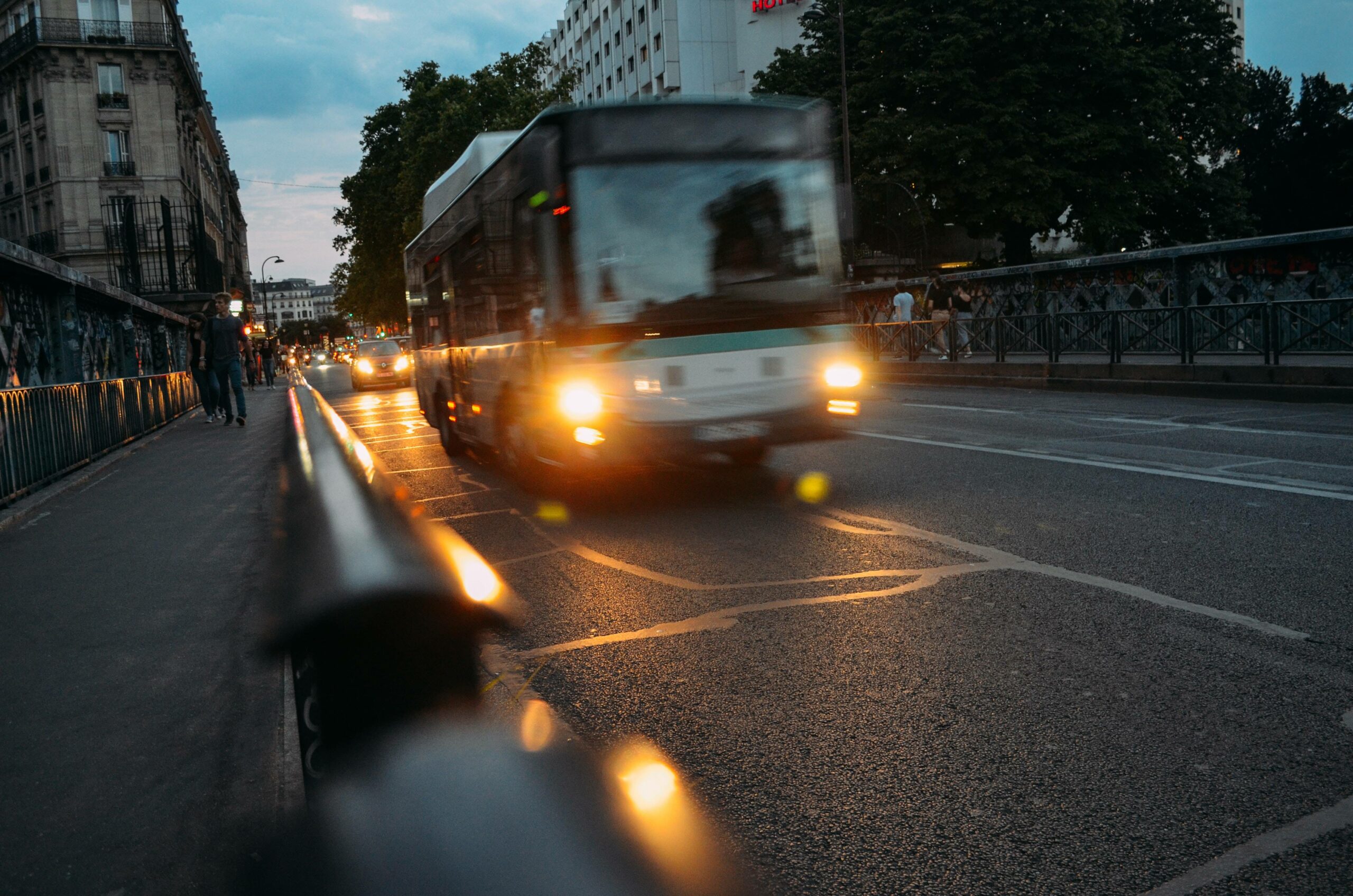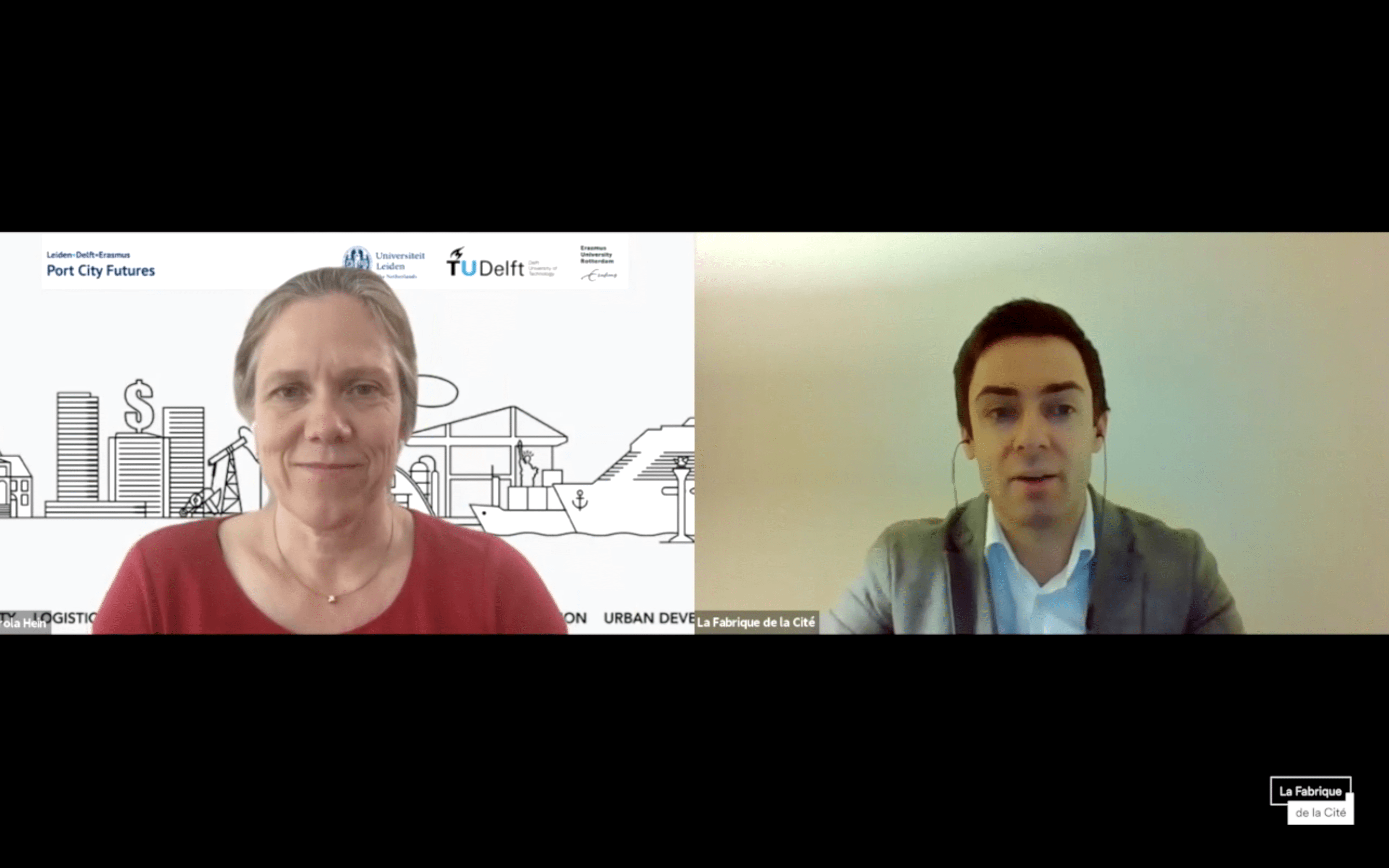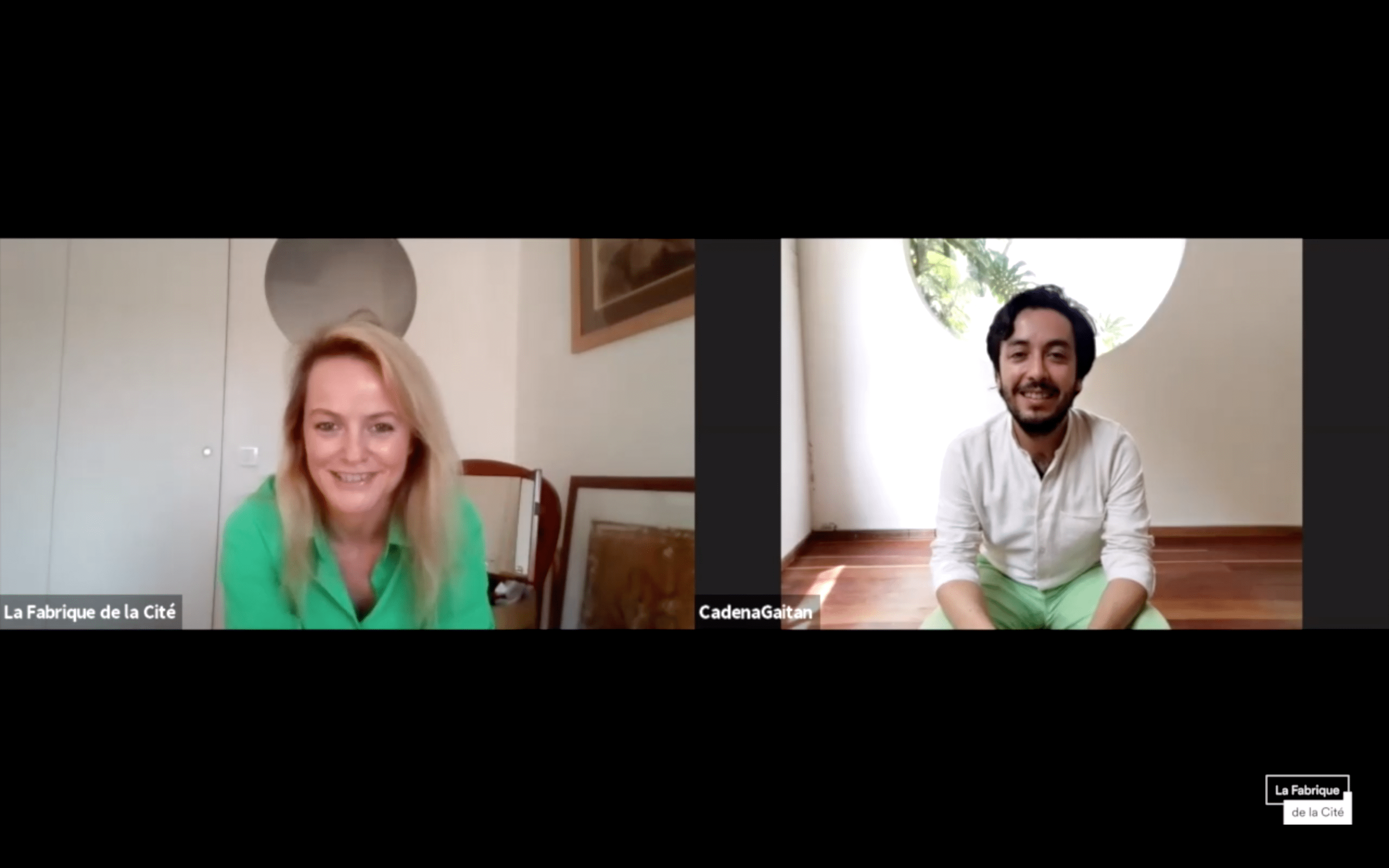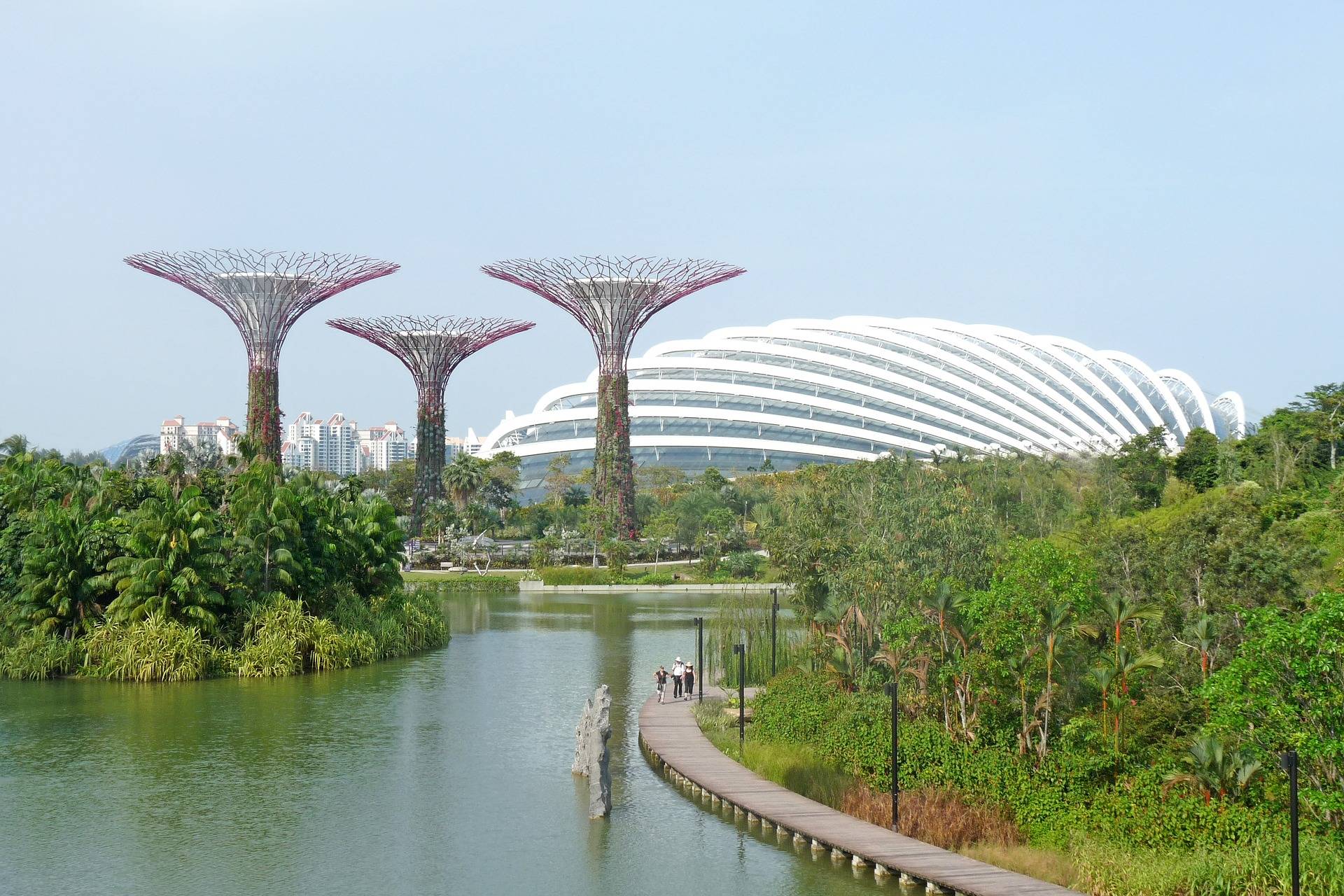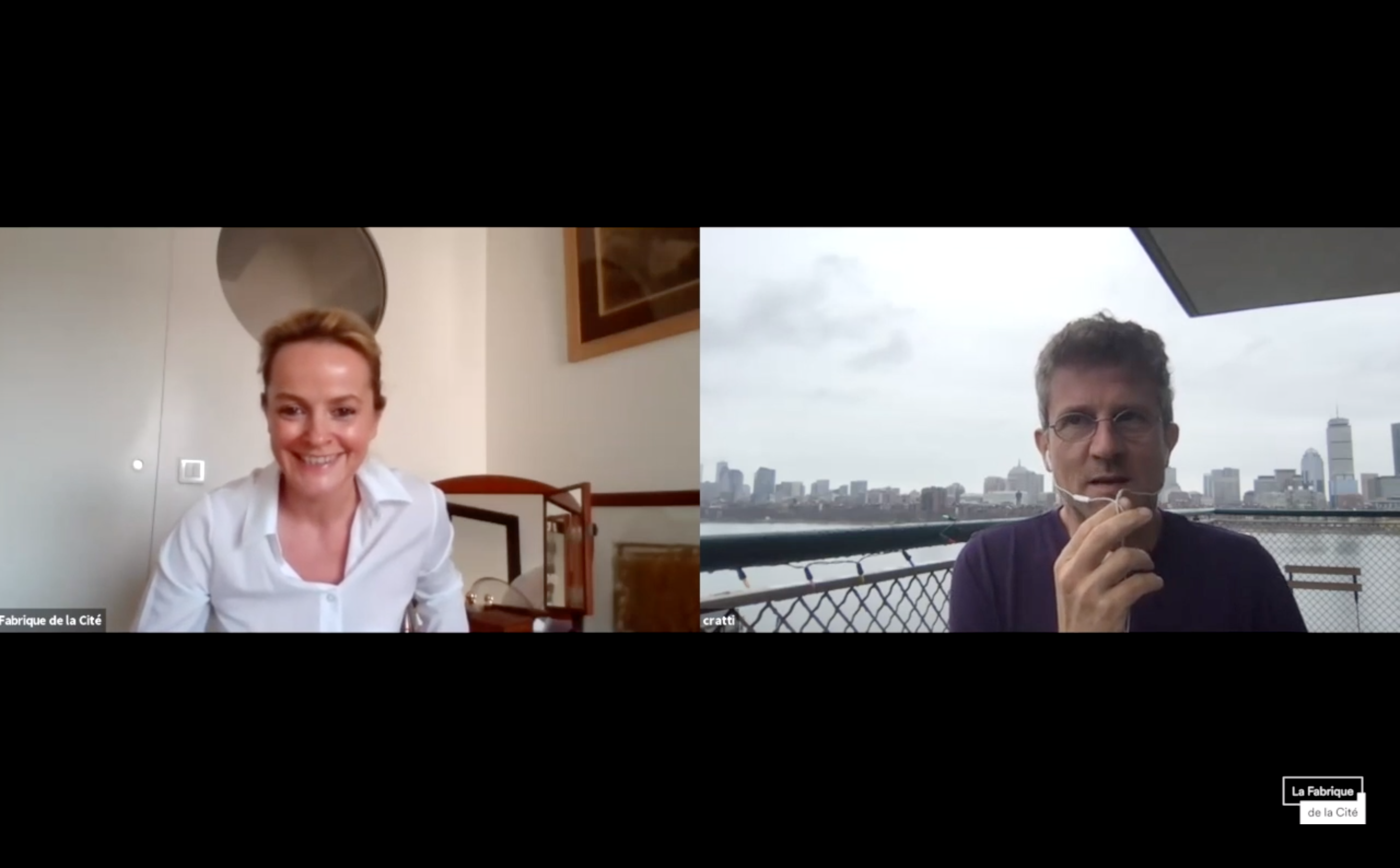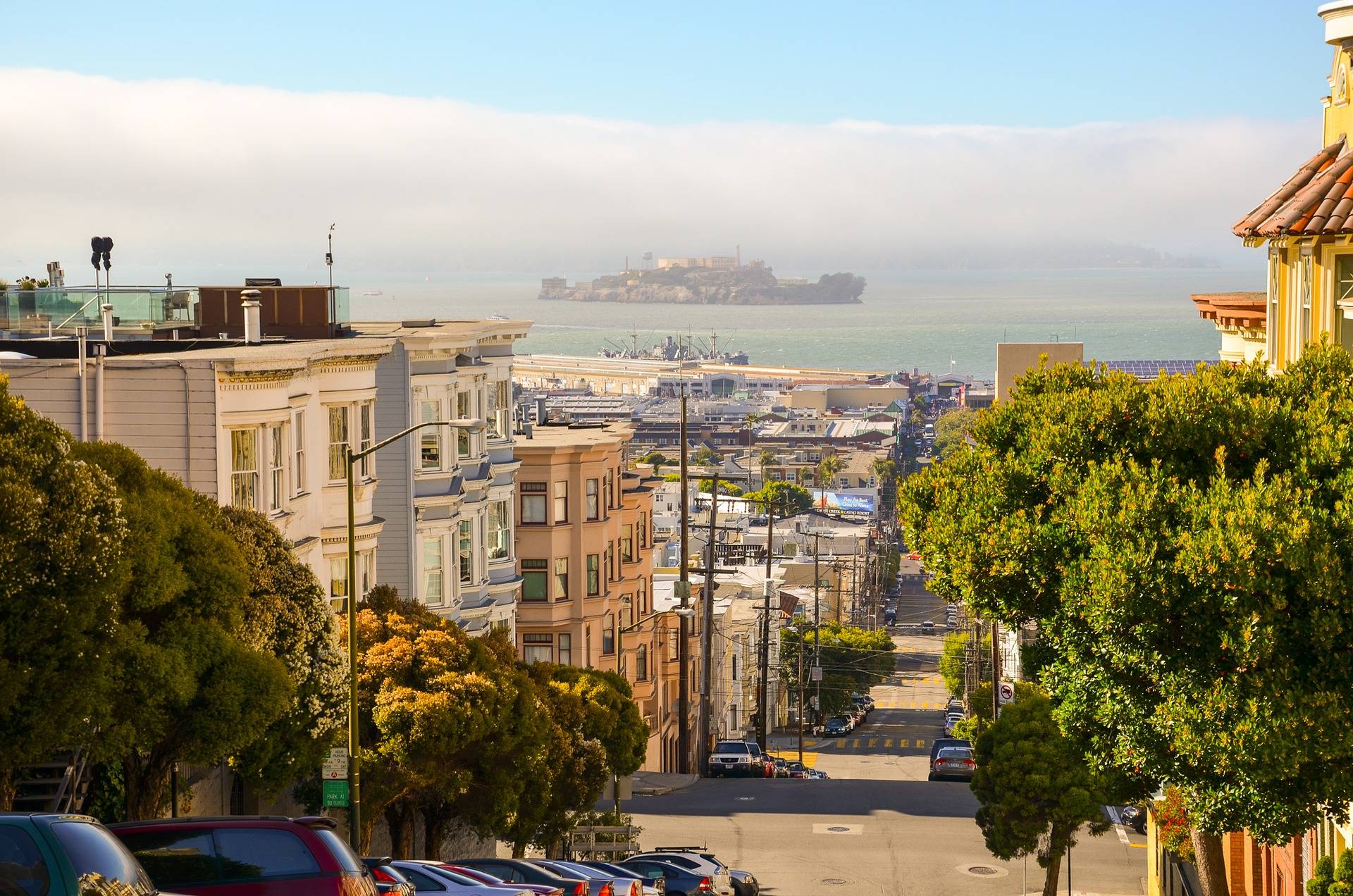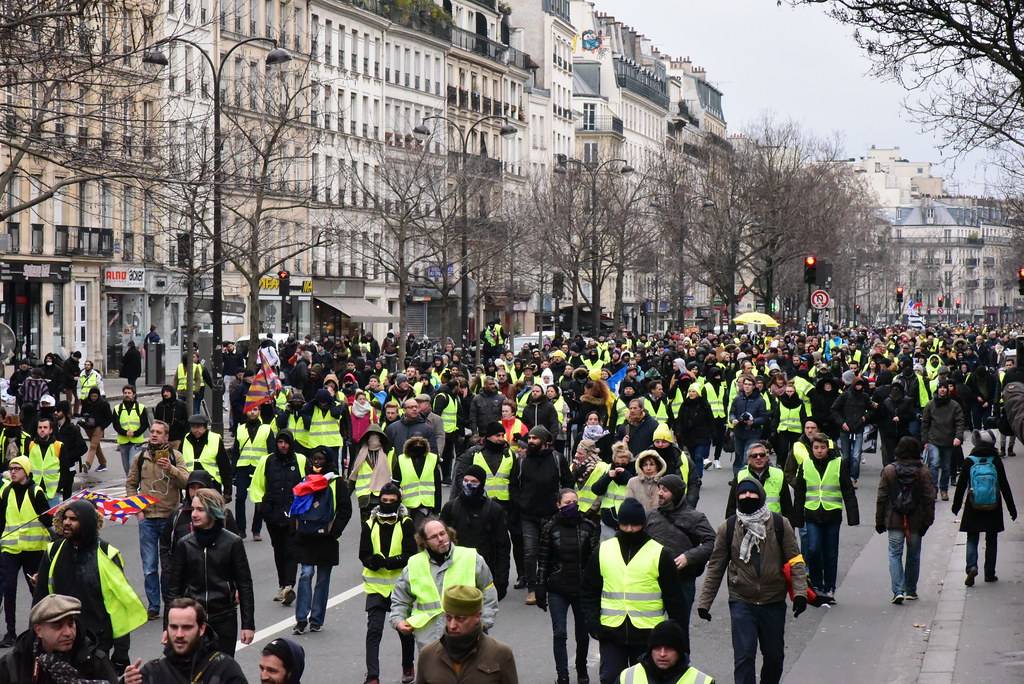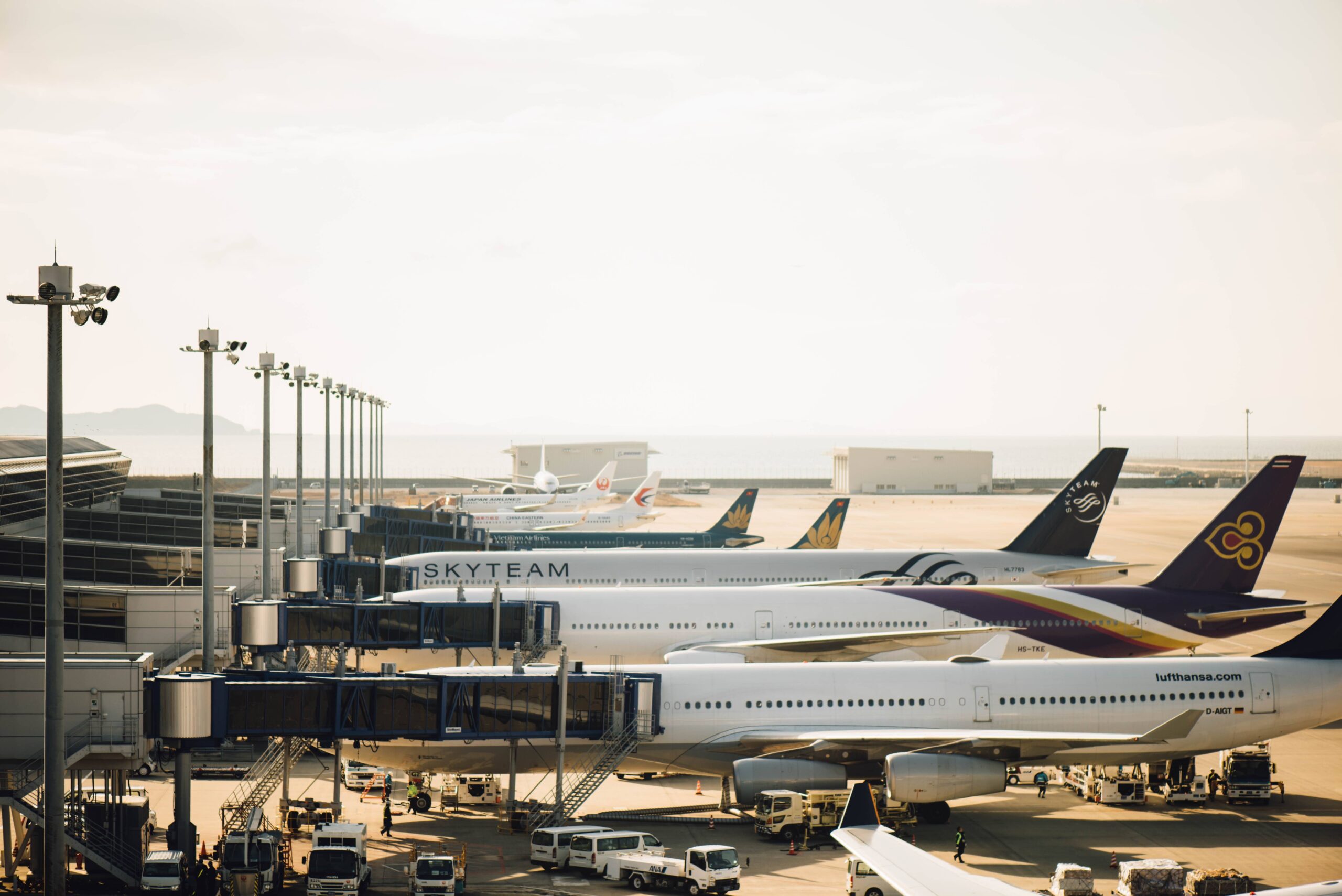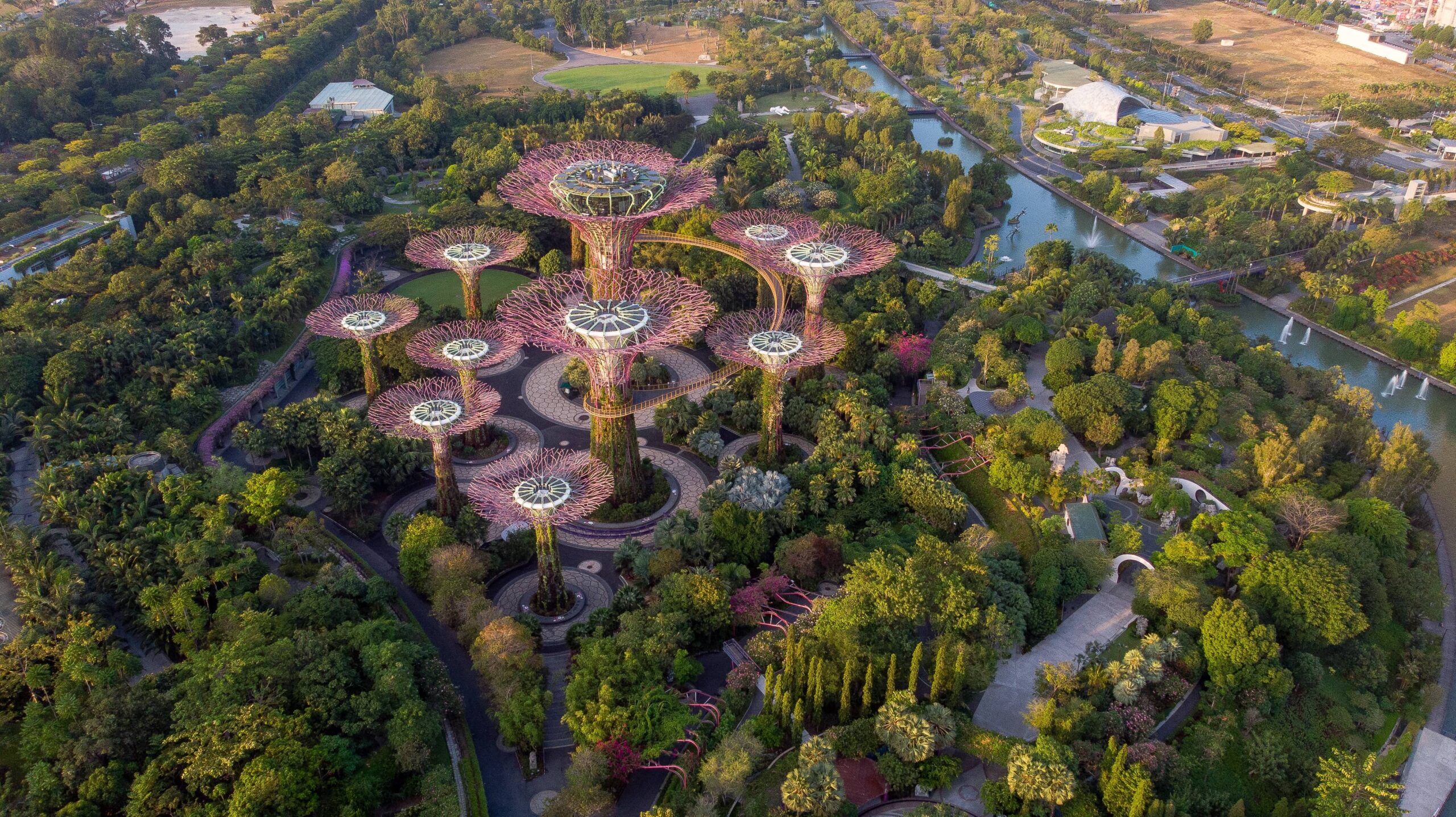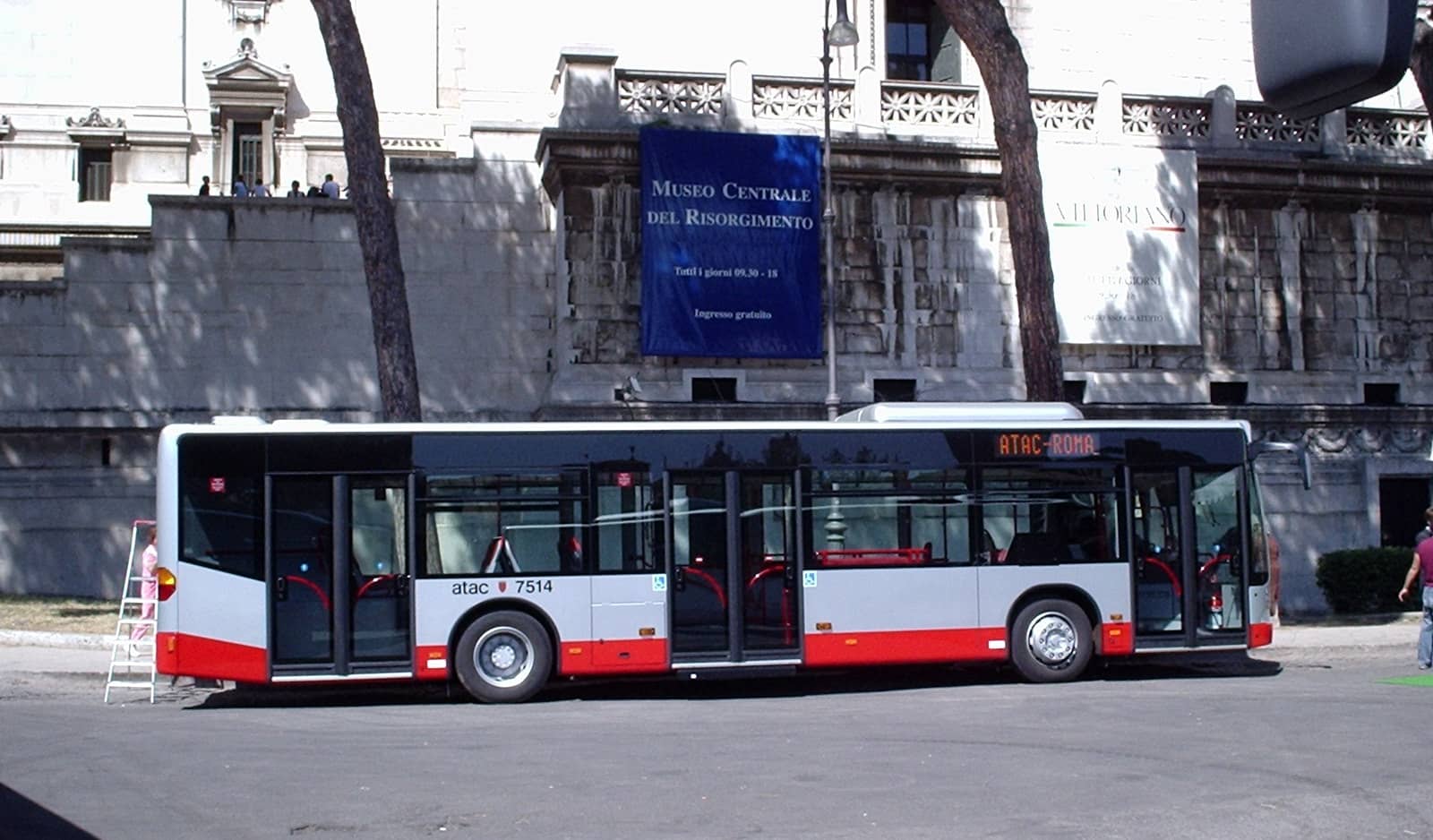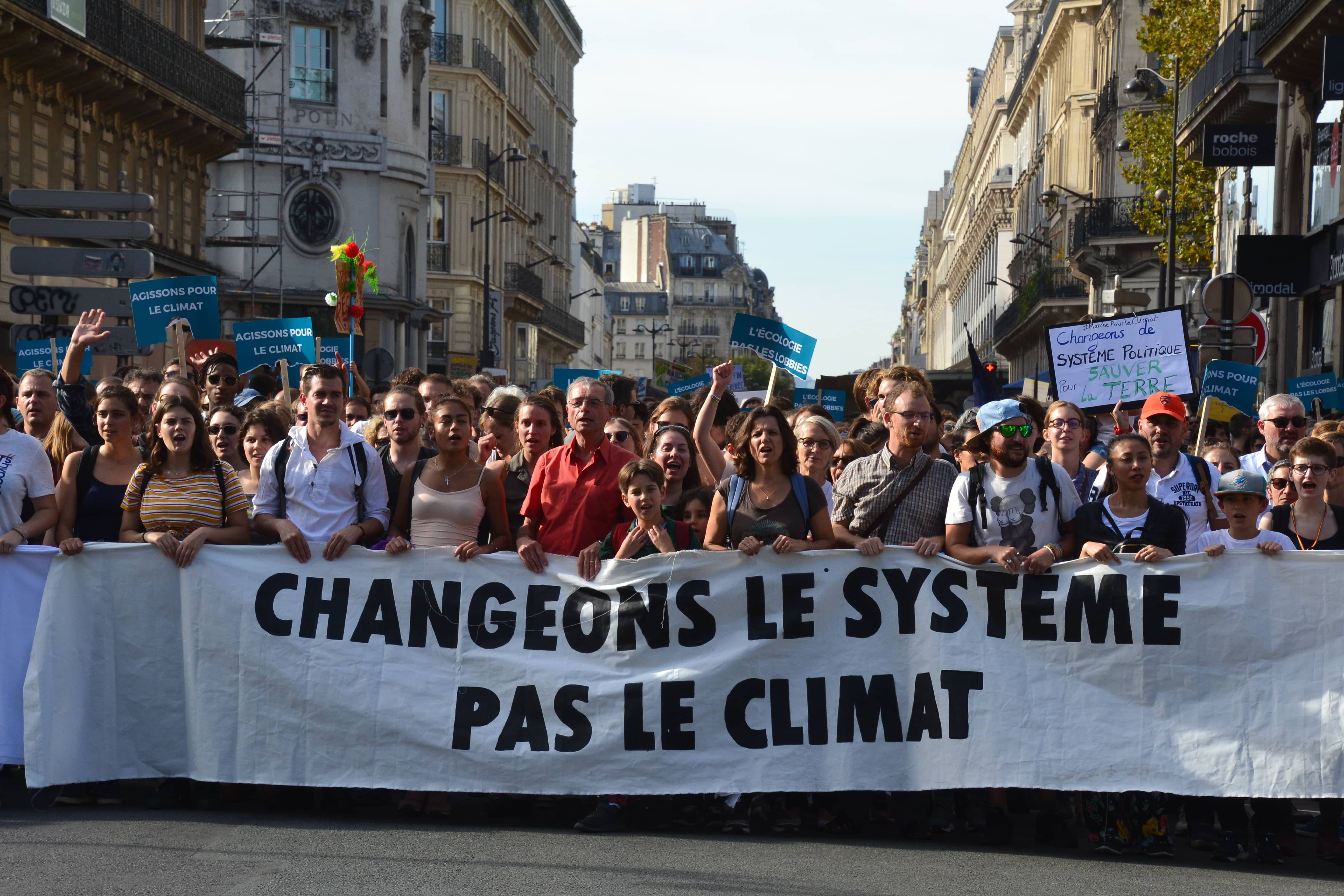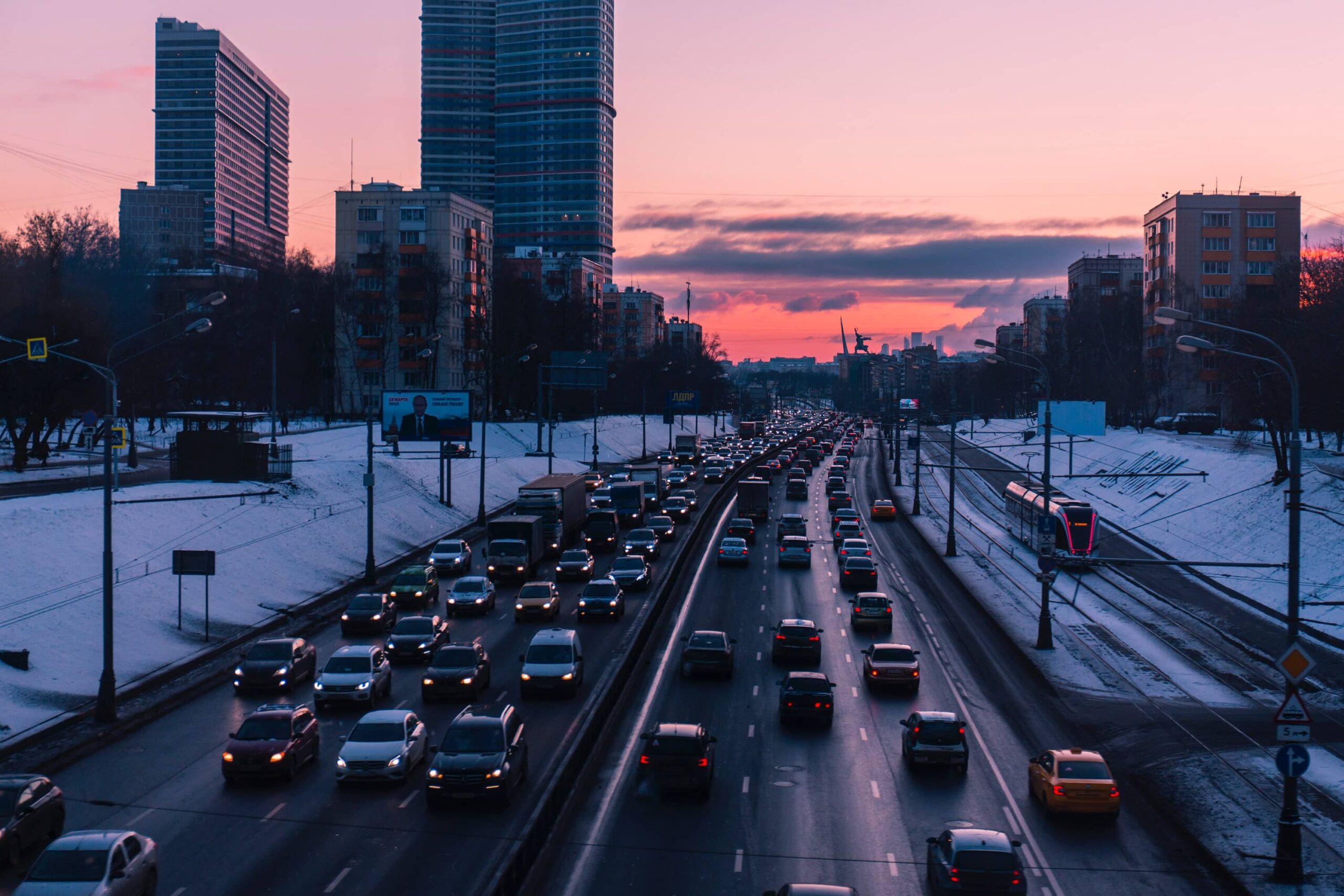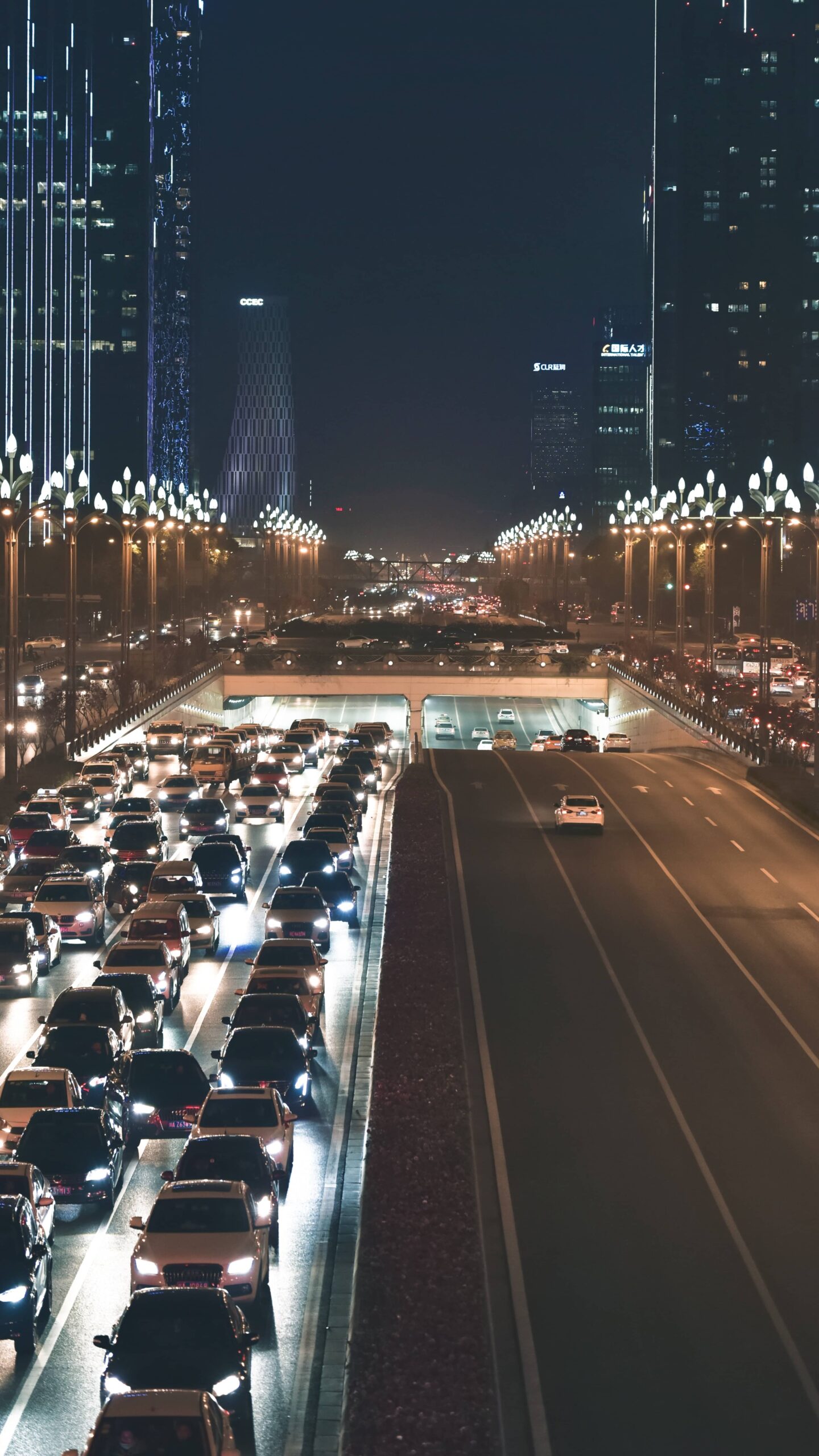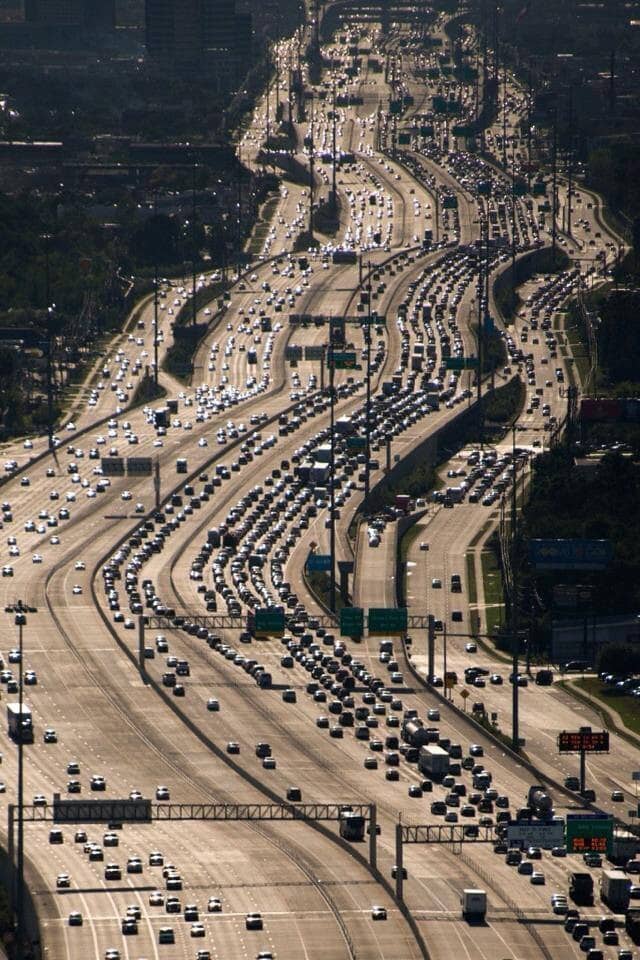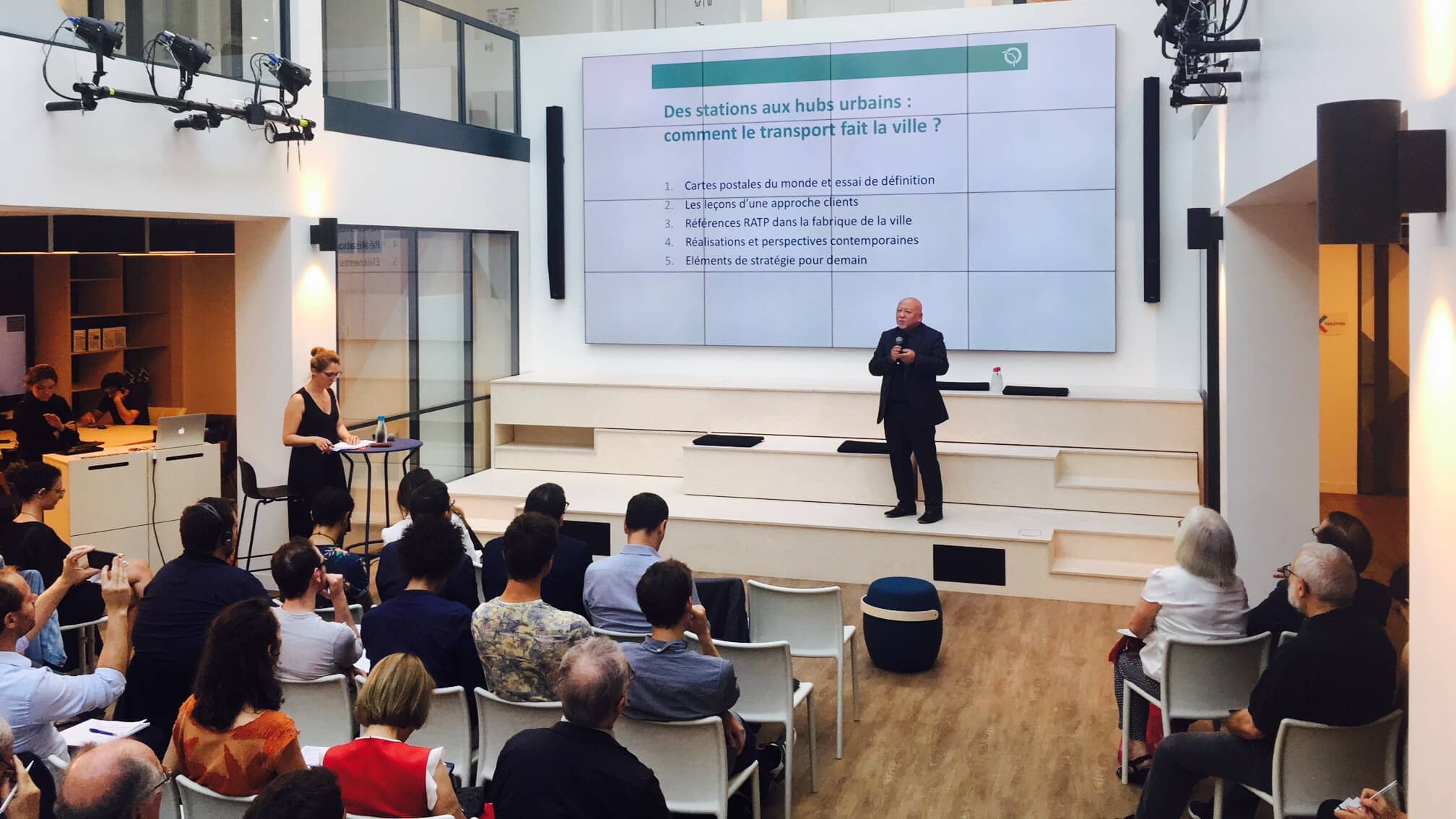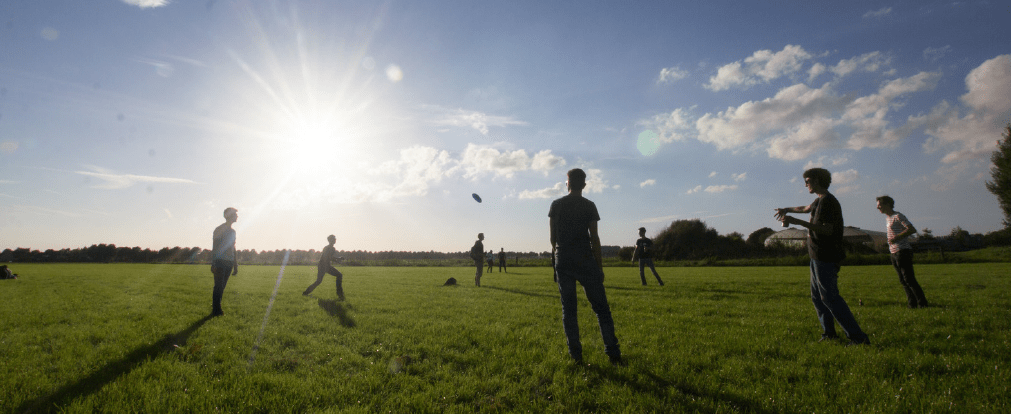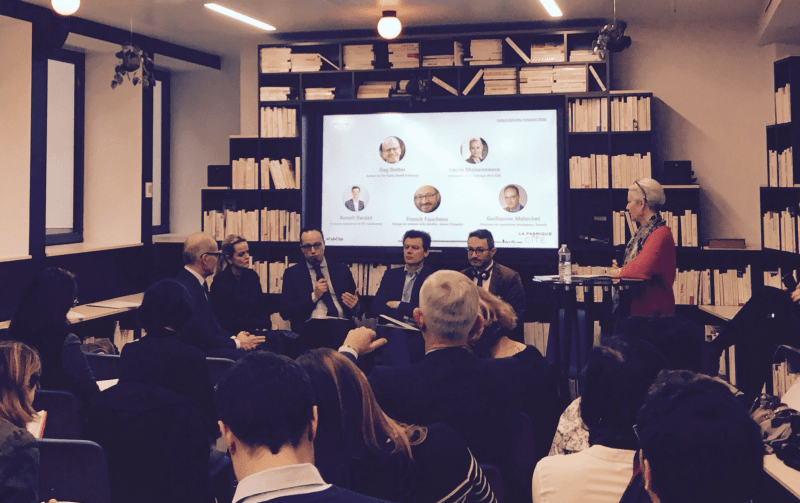

Leopards, hamsters, earthworms, wolfhounds and goldfish: an office bestiary
Will the crisis and its accelerating effects kill the office space? The year 2020 has made the expression “going to work” largely obsolete. Due to teleworking and massive constraints on mobility, the office will emerge transformed from the pandemic. In this sector, the question is not so much when the recovery will take place, but is rather broken down into four questions: where should we build? What should we build? How many square meters should be built? To what extent should the existing situation be transformed? These four questions are another way of saying that to speak of the office real estate market today is to speak of current urban, technological and social dynamics and their disruption by the health crisis.
In the face of uncertainty, futurists use scenarios. Several ones have been developed on the subject of office real estate, including a set of five quite inspiring scenarios suggested by Colliers International – to which we take the liberty of adding a bestiary:
- The first scenario is the status quo, which I would call the “leopard scenario” – ”everything must change so that nothing changes”. Some will see it as the result of the voluntarism of professionals who prefer to cling to what they know, because they don’t want to face the wall of uncertainty the sector is experiencing. Others will see it as a historical reading of the subject: after the Spanish flu of 1919-1920 at the end of the war, the Western world hastened to forget previous trials and tribulations and fully engaged into the “Roaring Twenties”. Why not repeat this performance in the 2020s?
- The second scenario is that of the “great hamster of Alsace” (frequent readers of La Fabrique de la Cité will understand; for others, hurry up and read our report on major infrastructure projects and democracy, written by Marie Baléo, featuring the eponymous entry about the rodent!) Conversely, this scenario postulates multiple transformations, born of the health crisis and driven by the ecological transition. We regulate but also consult each other, we listen to the employees: in short, the whole world becomes Swedish, technologies are put at the service of workers’ comfort, employment remains predominantly salaried but workers find other sources of personal development by reducing their working hours. The Paris region remains very attractive for head offices, but we witness the multiplication of “third places”, close to home and used for teleworking, with a view to preserving the environment.
- With the third scenario, we enter the world of the earthworm, of which everyone will be delighted to learn that it is by far the most ubiquitous animal in the world. We enter the era of urban exodus where the search for the best quality of life is paramount. Workers are moving away from metropolitan centers; just like earthworms, employees and companies spread out much more over the territory, the workforce is diluted under the effect of artificial intelligence, which destroys many jobs and encourages the emergence of a world of independent and flexible workers. There is no longer a head office strictly speaking, rather hubs, possibly multi-companies.
- Beware of the fourth scenario, dystopian (hopefully at least…), that of the wolfhound. Everything is constrained: the State imposes an ecological transition which forgets innovation, the market and creativity, in short the history of humanity; companies, driven by performance and driven by the artificial intelligence revolution, destroy jobs. Insiders against outsiders: the former, spoiled, meet mostly virtually with their colleagues and the latter are relegated. In this Hobbesian world, nothing less than wolfhounds can contain the social antagonisms and revolts that will follow.
- Finally, the last scenario is largely localist: everyone in their own bowl, like goldfish. “Technological dependency” and “professional independence”: eco-neighborhoods, SMEs, small work units, dispersion, self-employment combine with a persistence of large companies in urban centers.
2021 will tell us whether, as is likely, reality will free itself from the framework of scenarios and lead to a hybridization of species. The fact remains that, after a year 2020 monopolized by the pangolin, we can only welcome this return of biodiversity.
No time to read? La Fabrique de la Cité has got you covered. Check our newsletter #59.
To be informed of our upcoming publications, please subscribe to our newsletter and follow our Twitter and LinkedIn accounts.
These other publications may also be of interest to you:
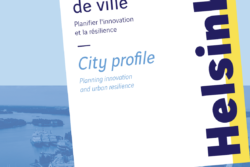
Helsinki : Planning innovation and urban resilience
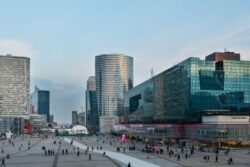
Death and life of CBD
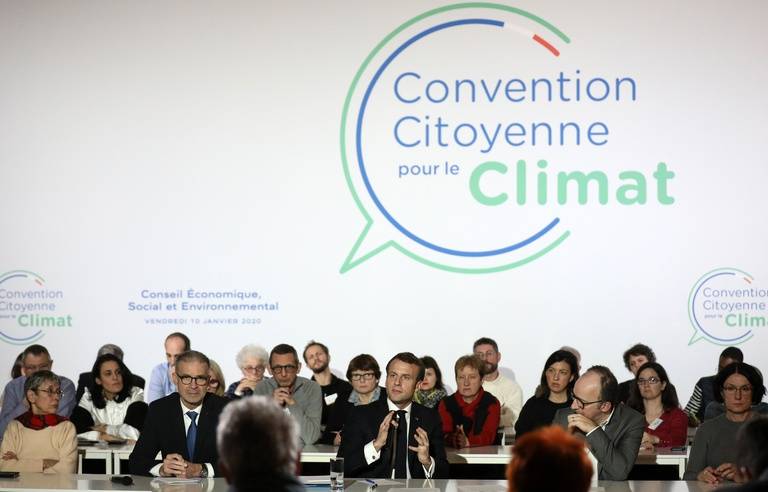
Is resilience useful?
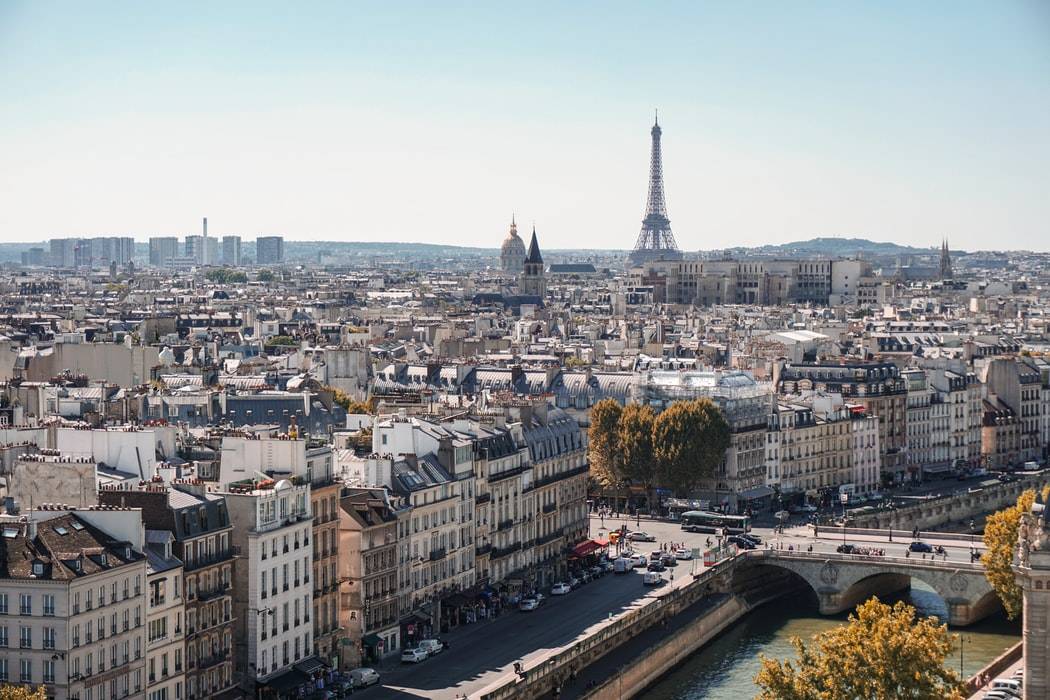
Long live urban density!
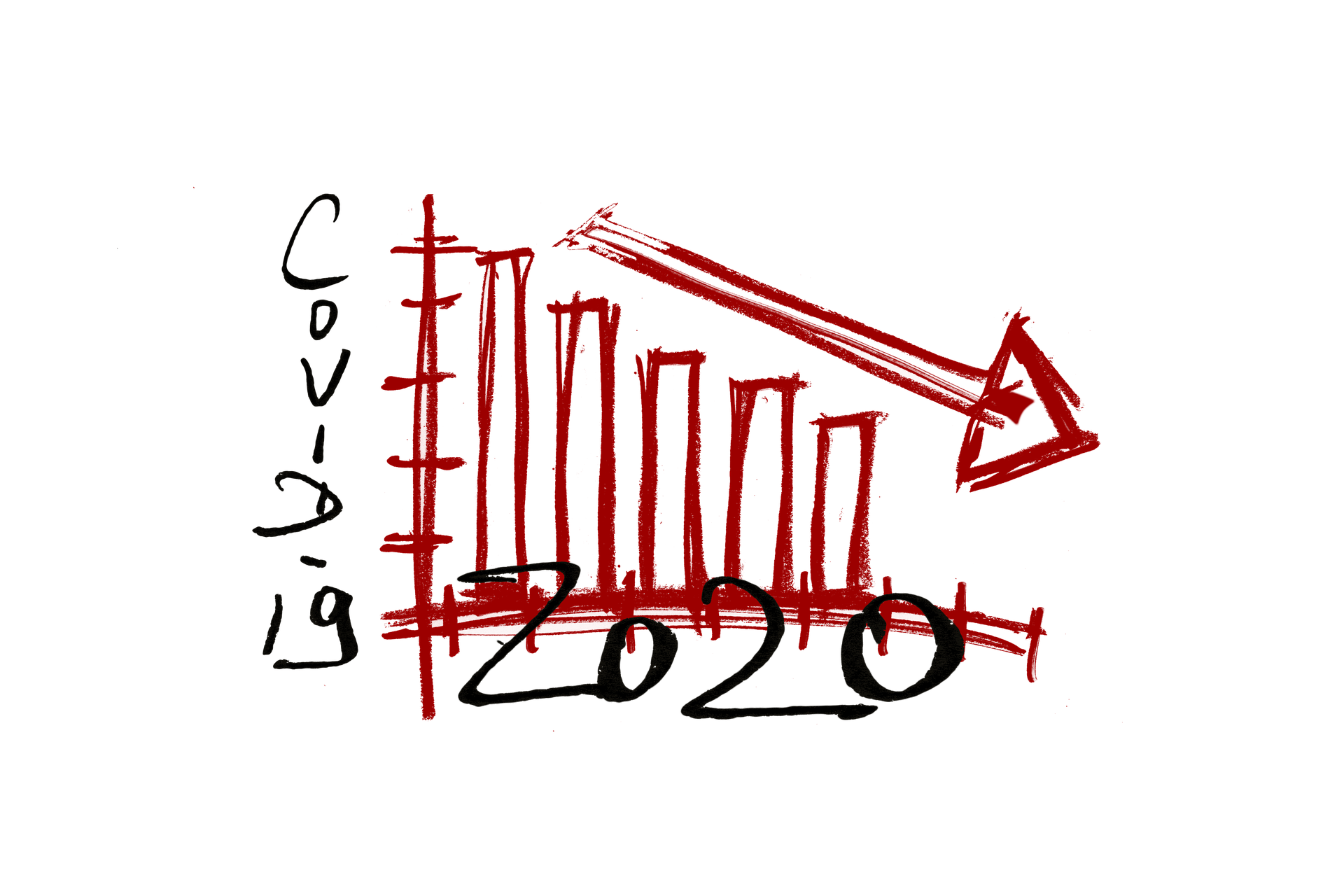
Behind the words: Recovery
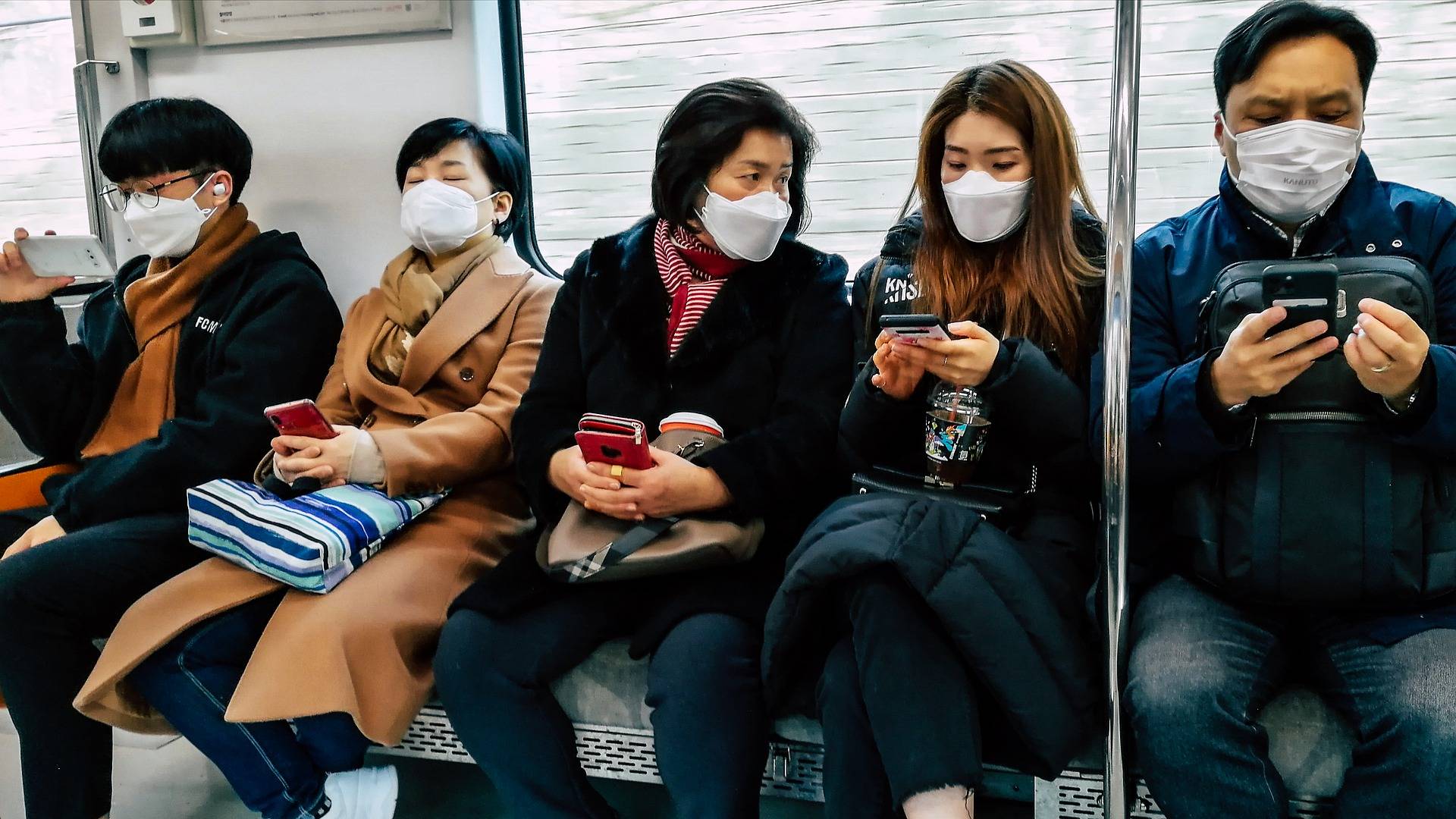
Sending out an SOS
The ideal culprit
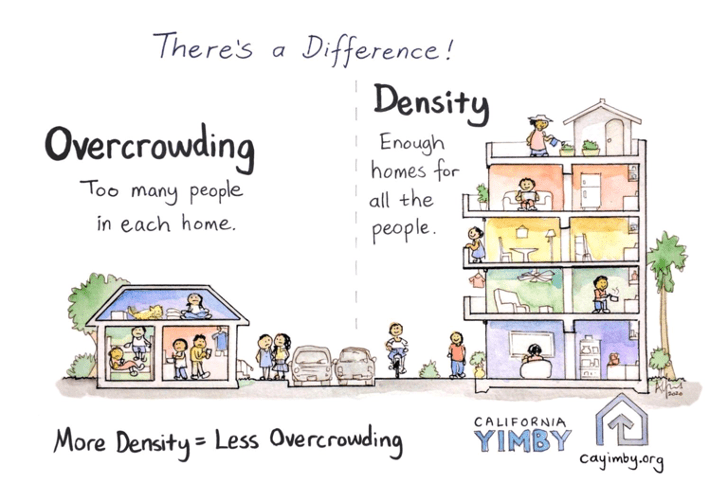
Behind the words: density
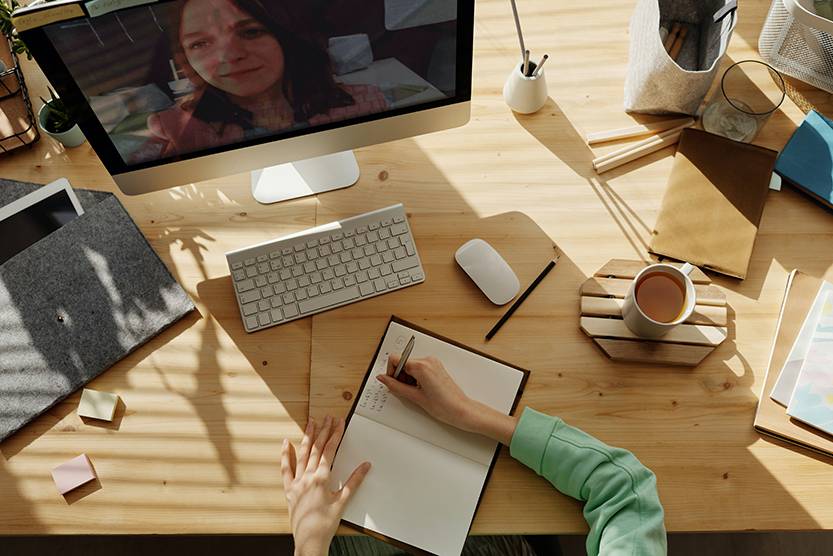
Behind the words: telecommuting
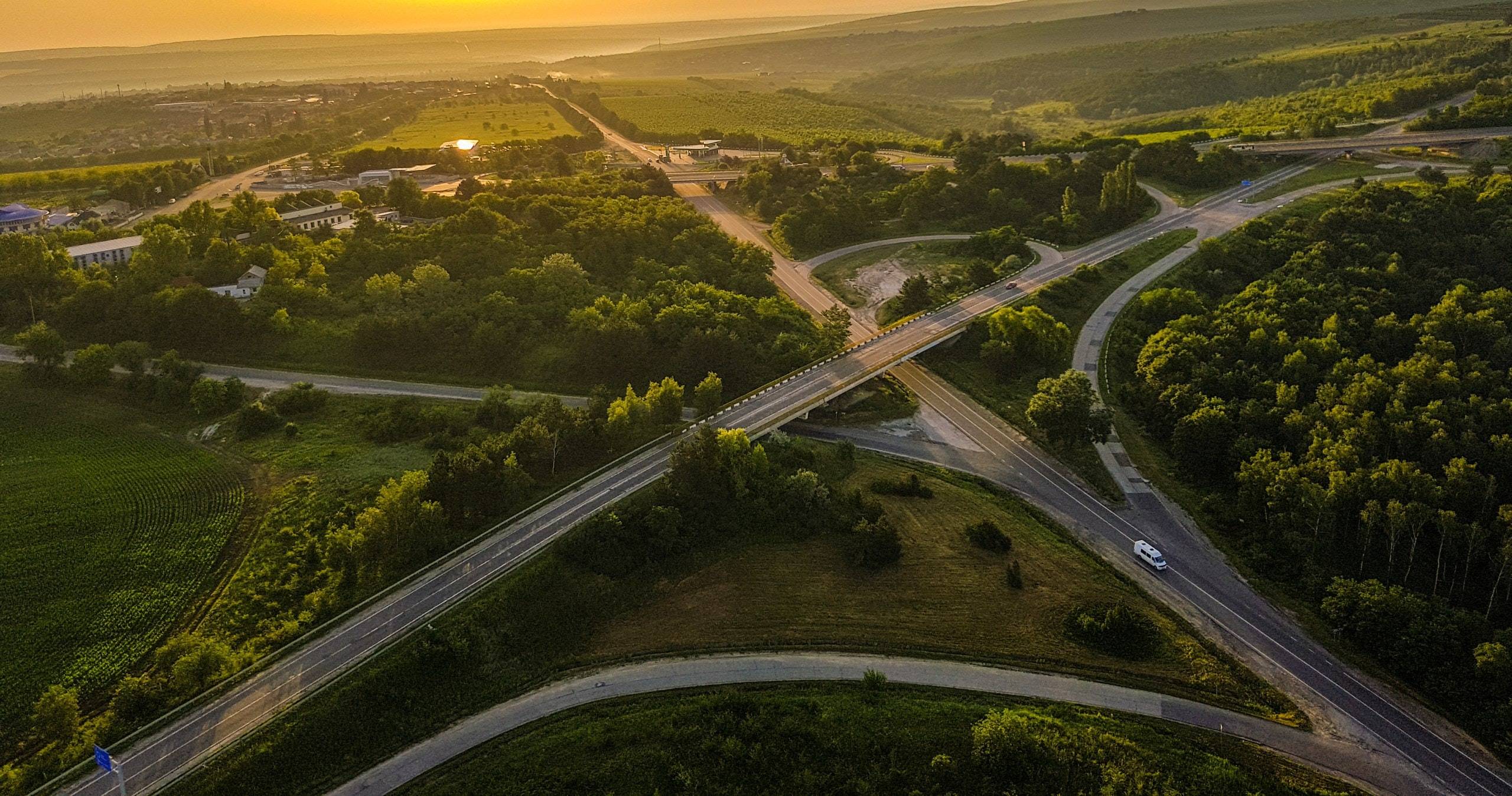
Behind the words: urban congestion

Behind the words: food security
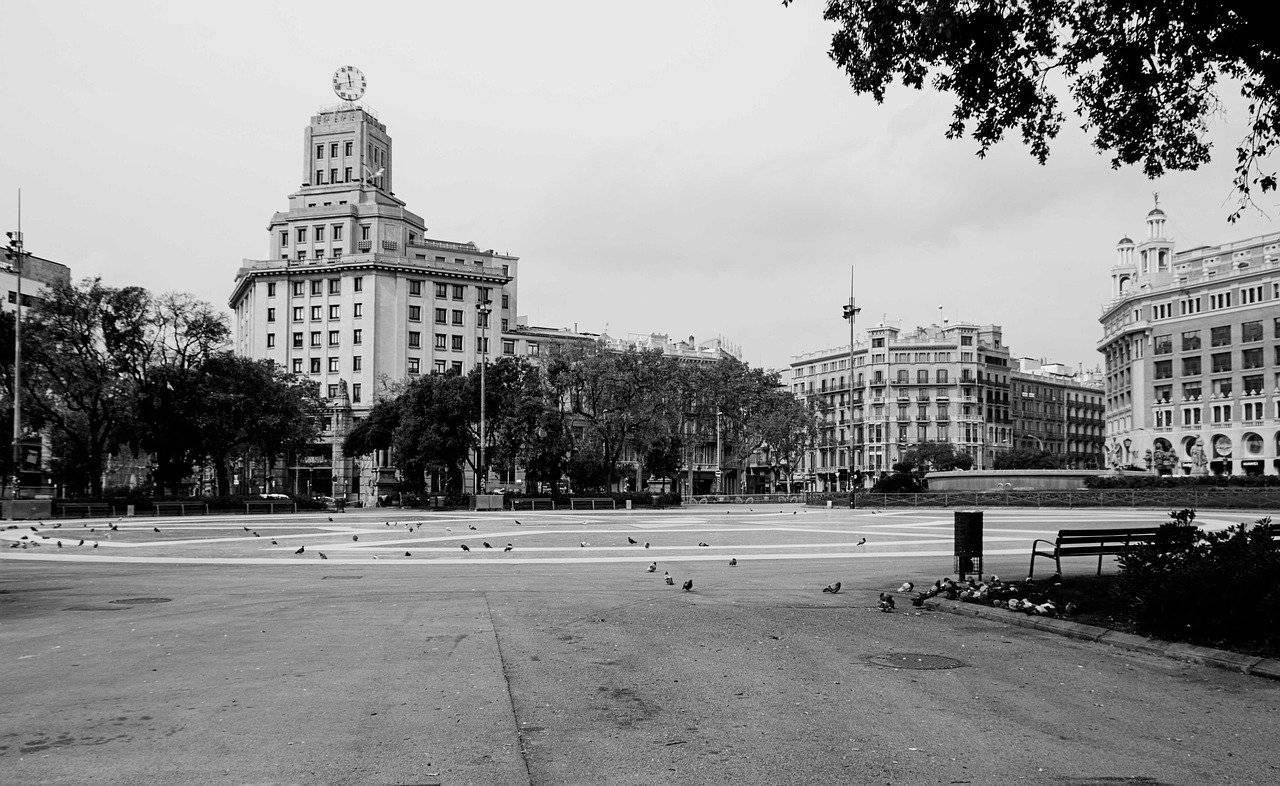
180° Turn
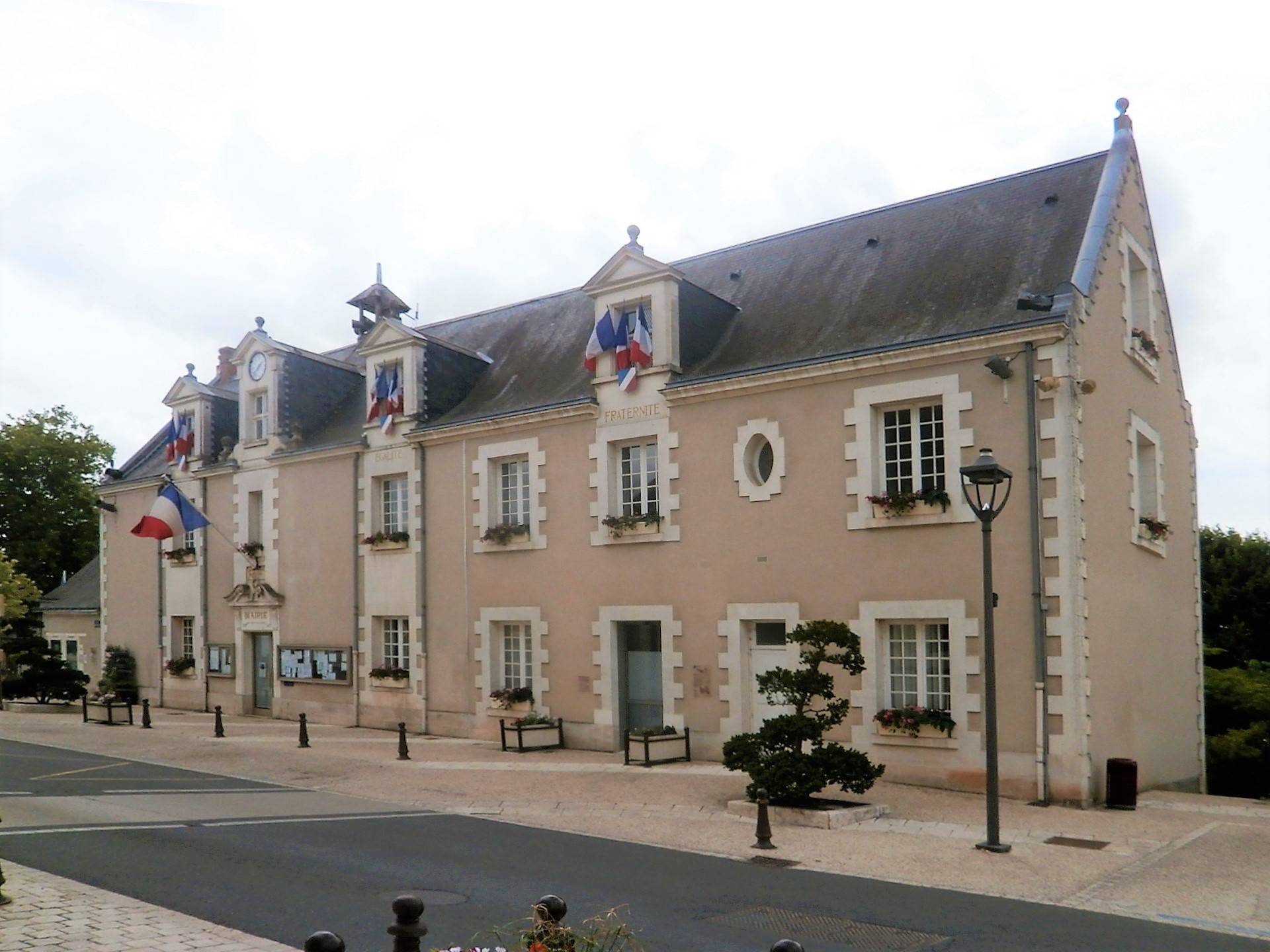
Cities in safe boot mode
Across cities in crisis
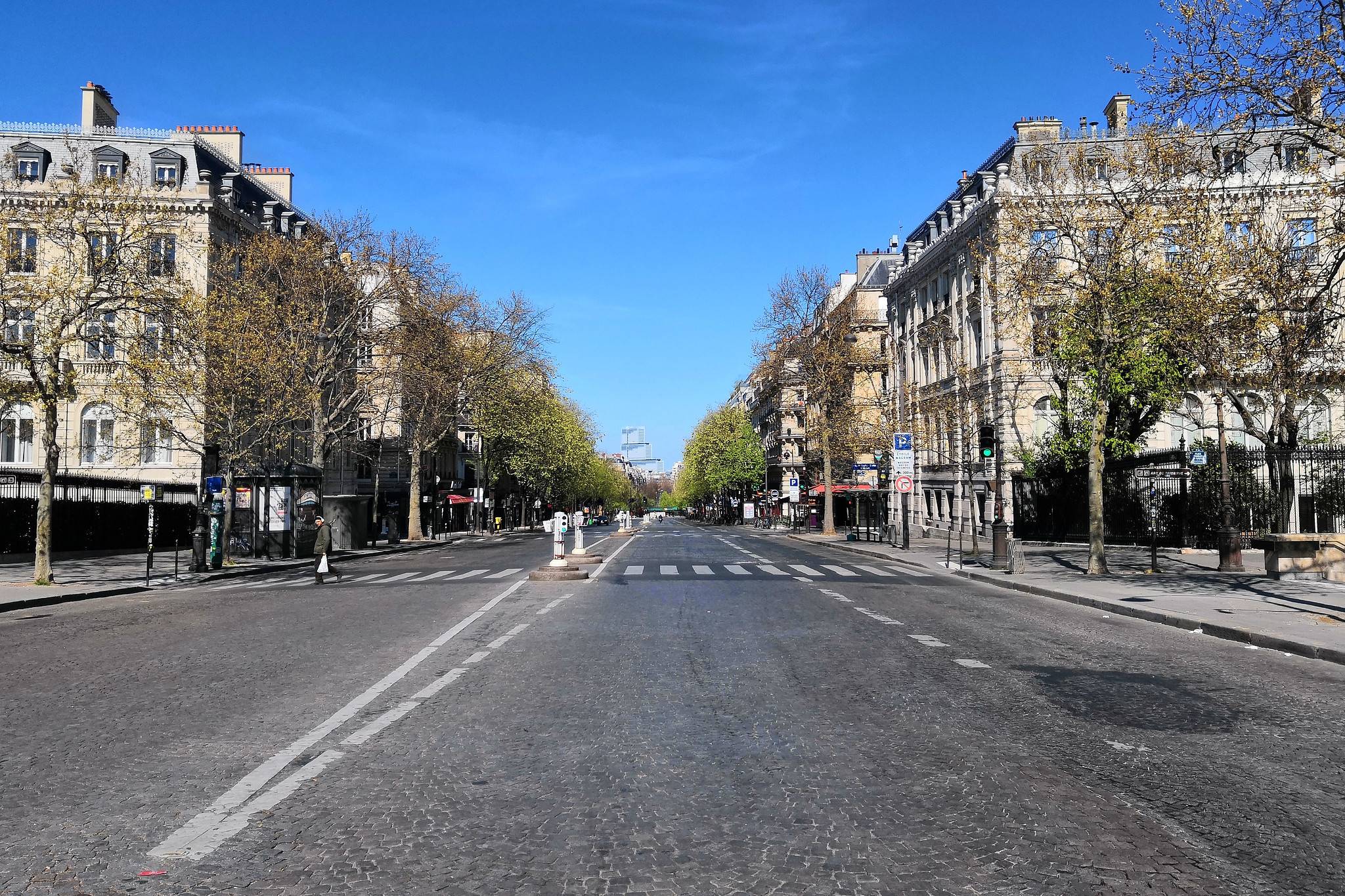
A street named desire

Toronto: How far can the city go?

Inventing the future of urban highways
“Dig, baby, dig”
La Fabrique de la Cité
La Fabrique de la Cité is a think tank dedicated to urban foresight, created by the VINCI group, its sponsor, in 2010. La Fabrique de la Cité acts as a forum where urban stakeholders, whether French or international, collaborate to bring forth new ways of building and rebuilding cities.














